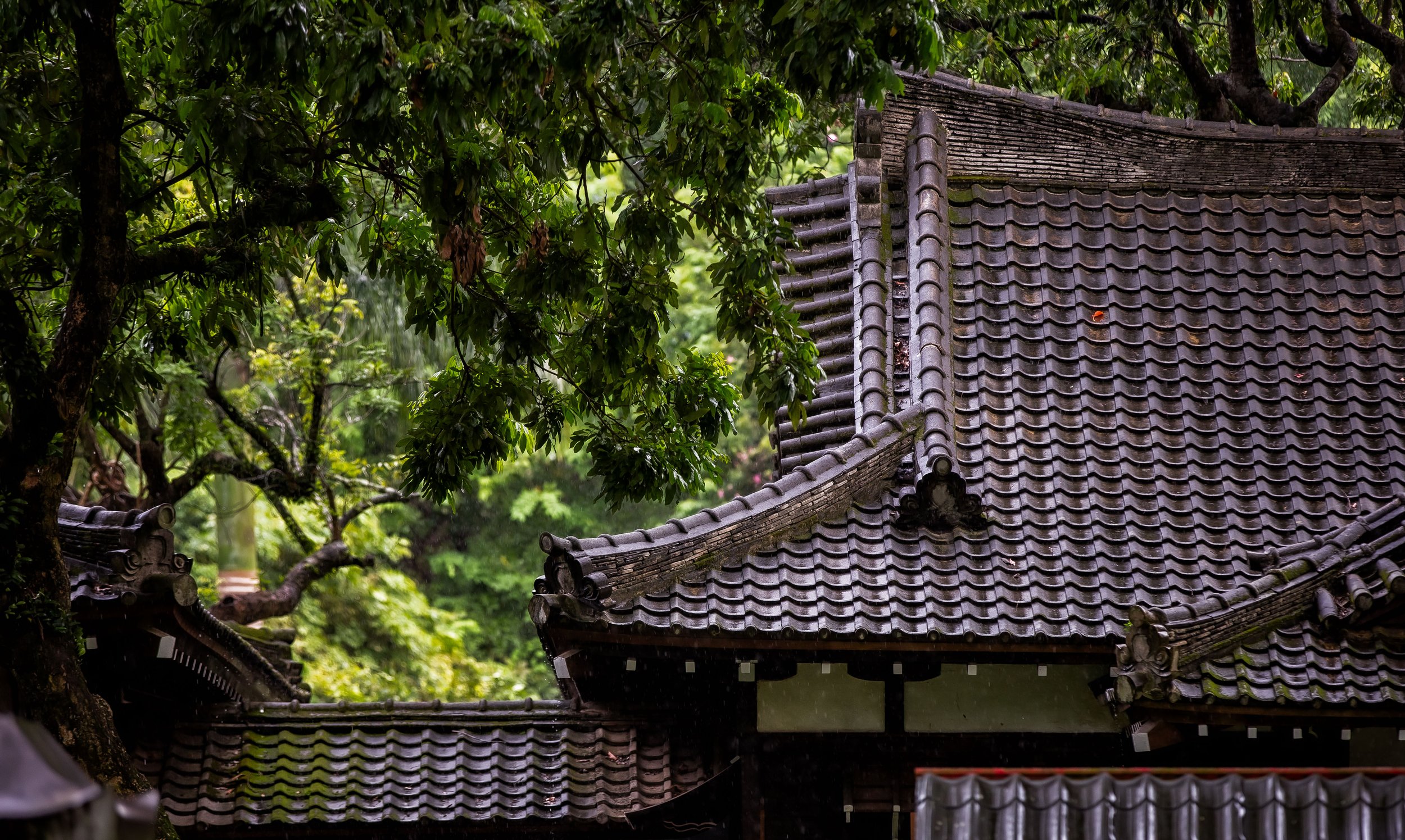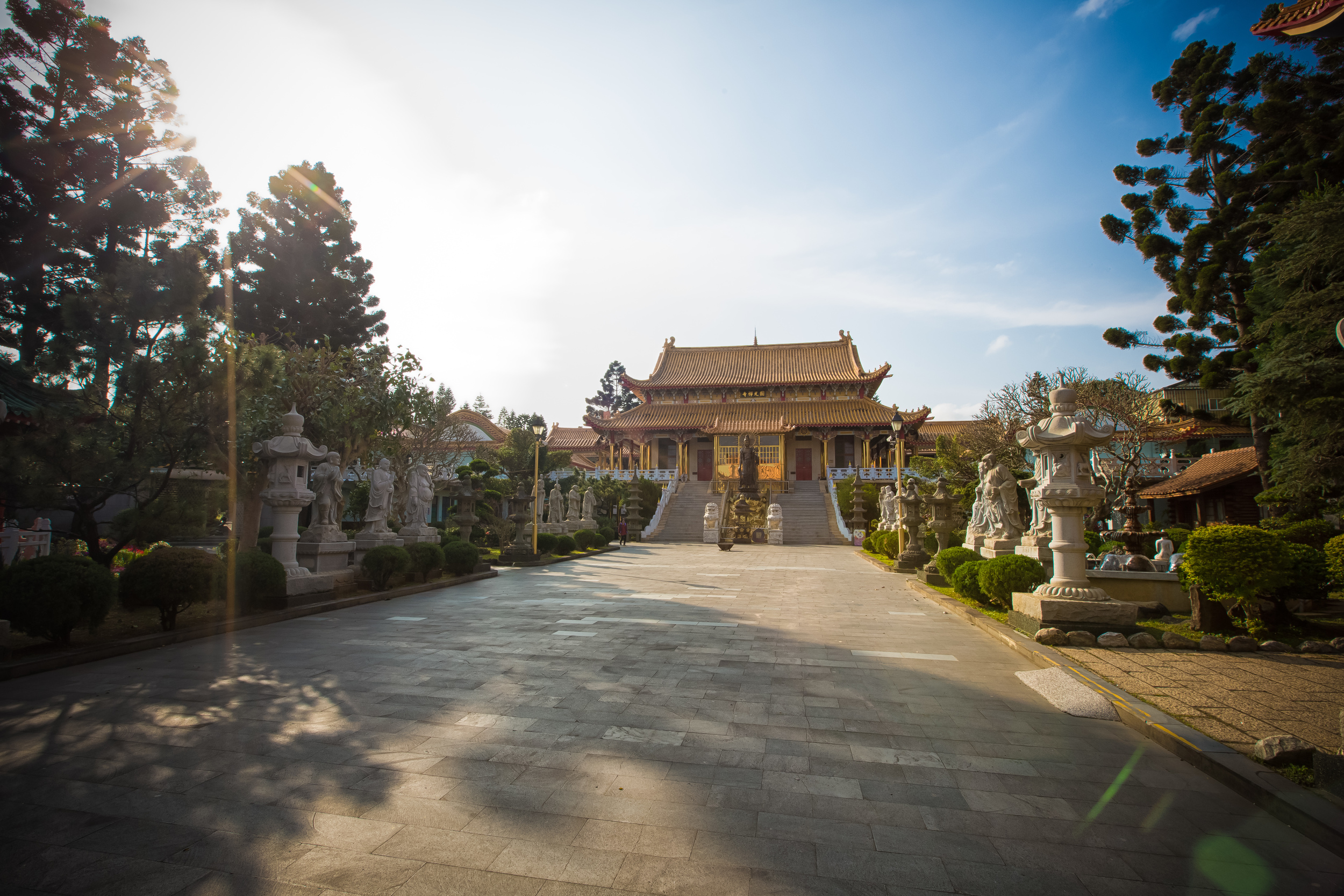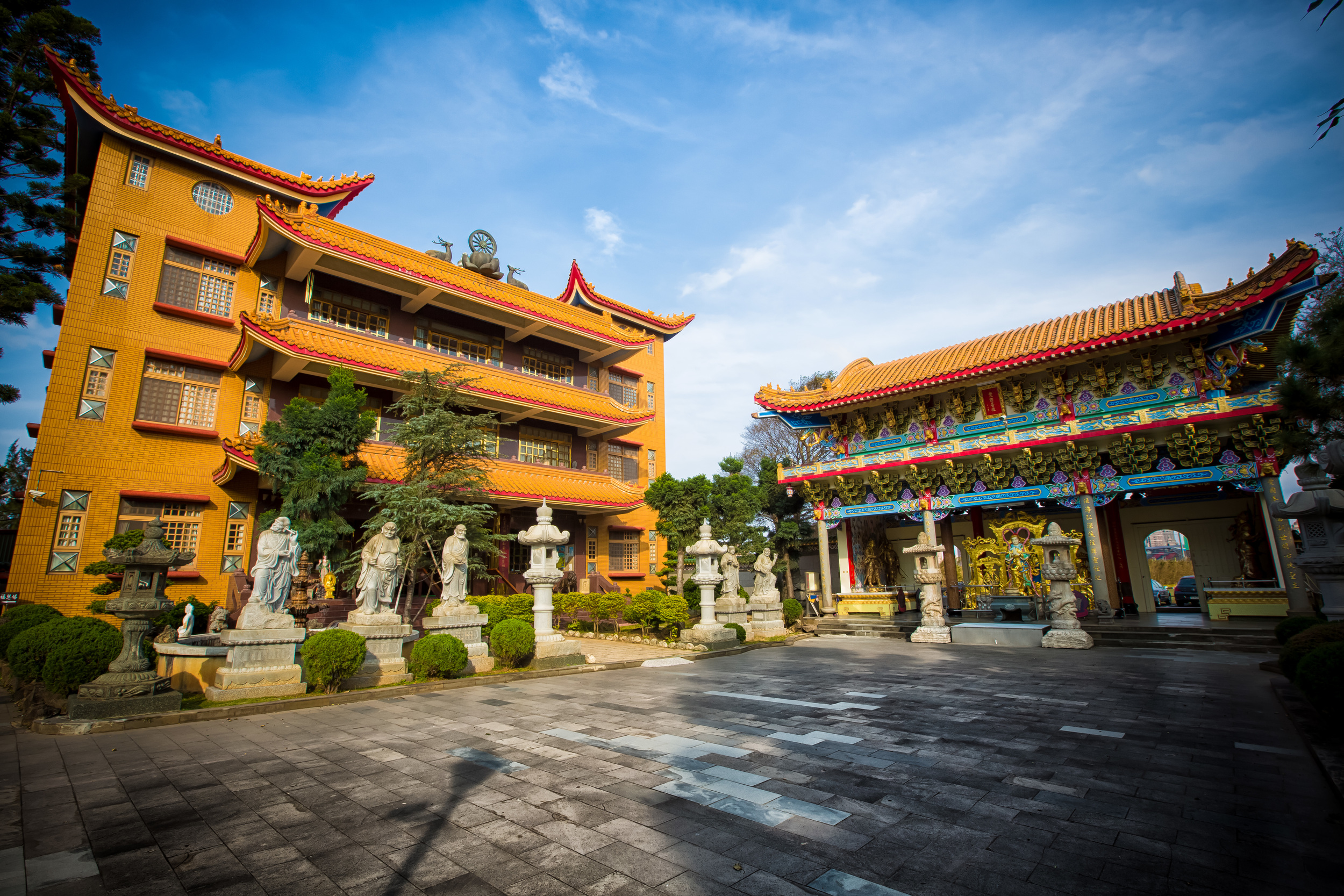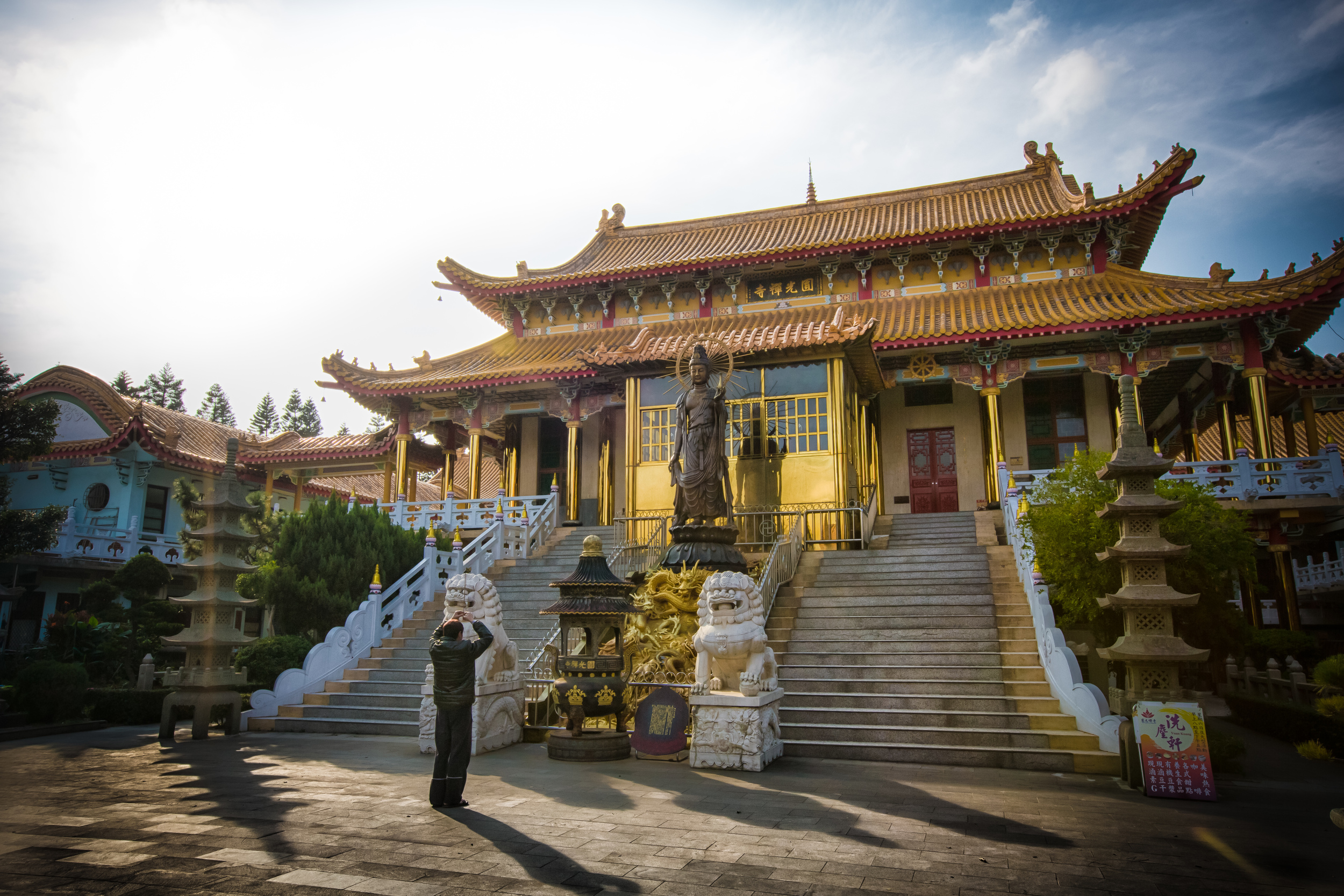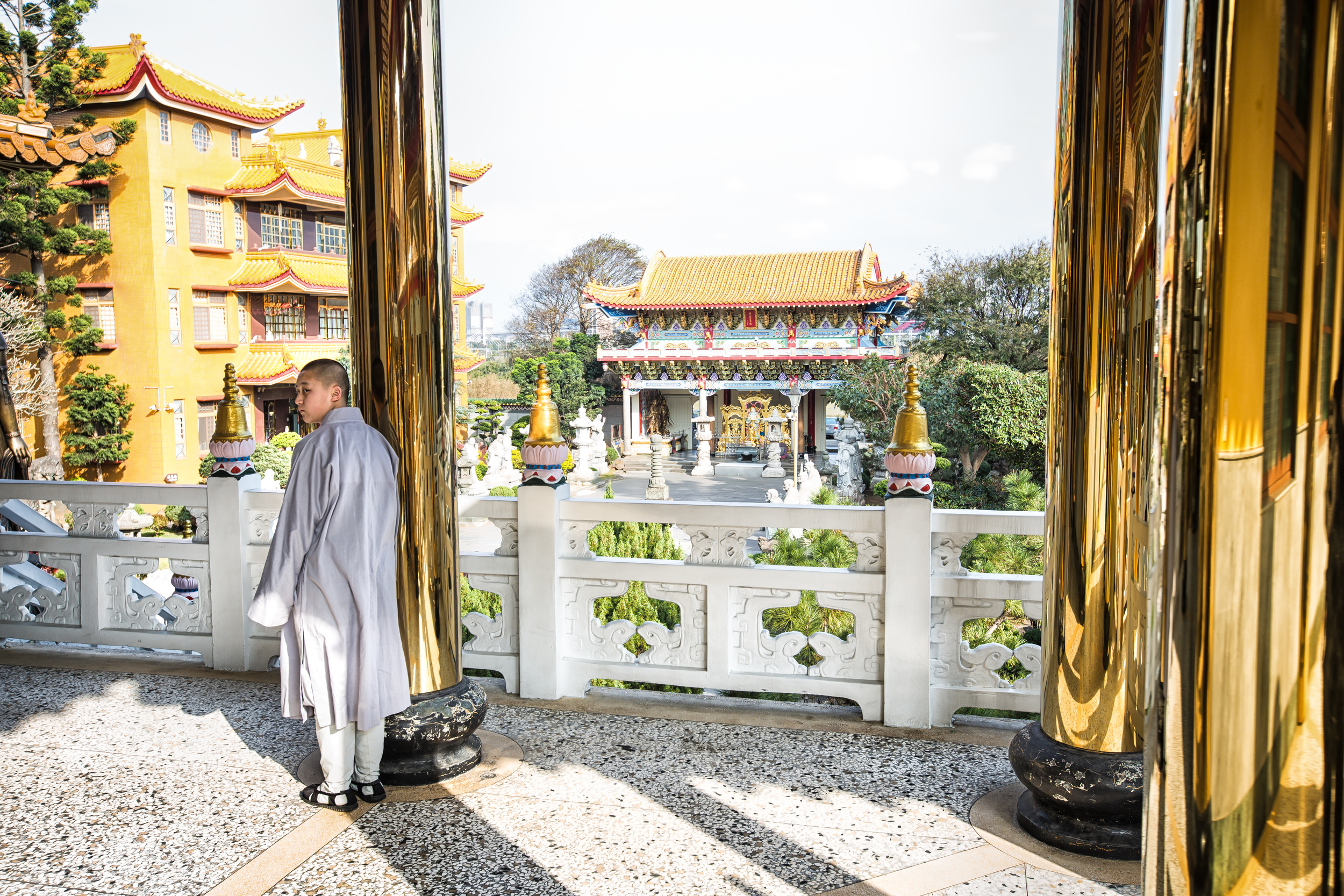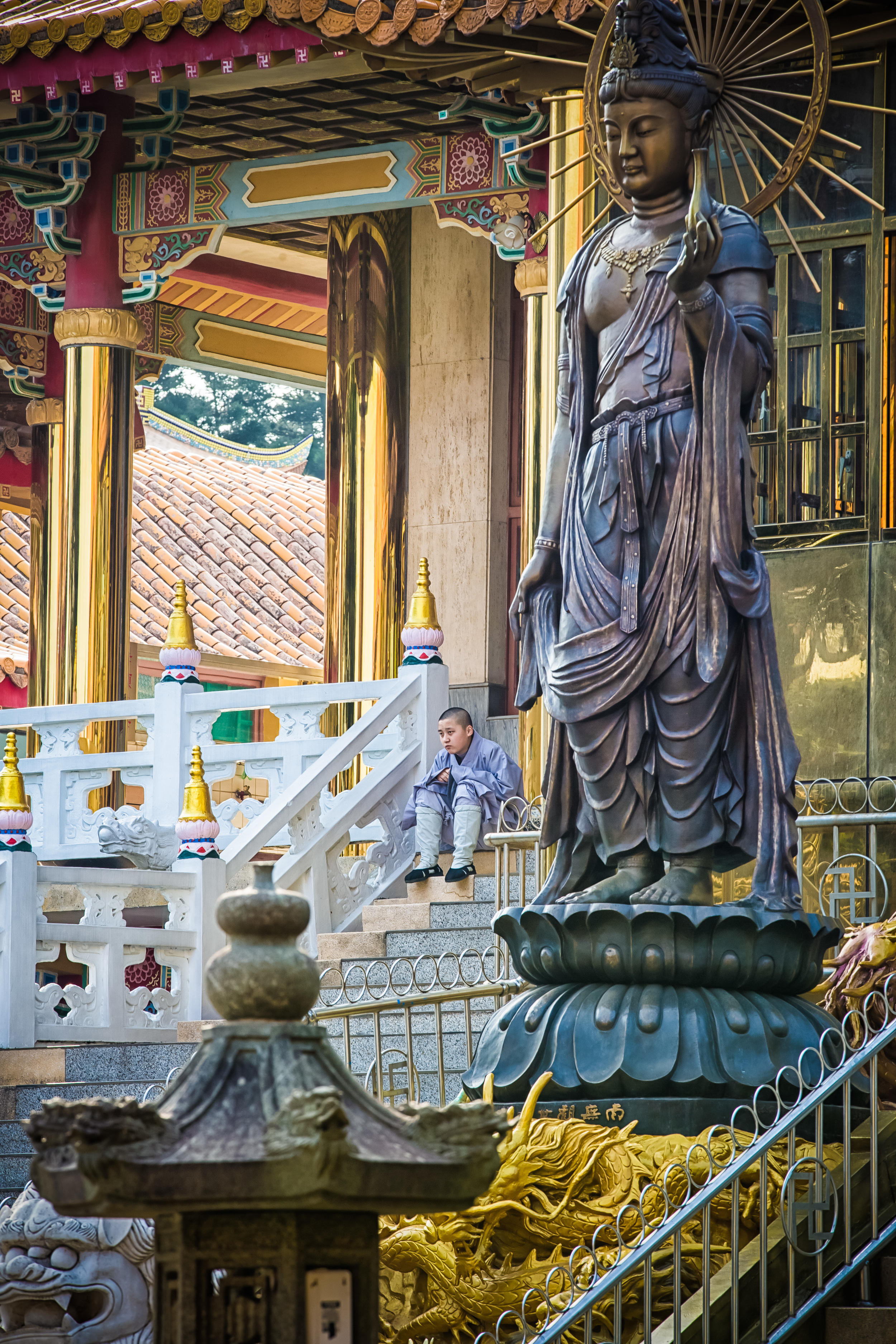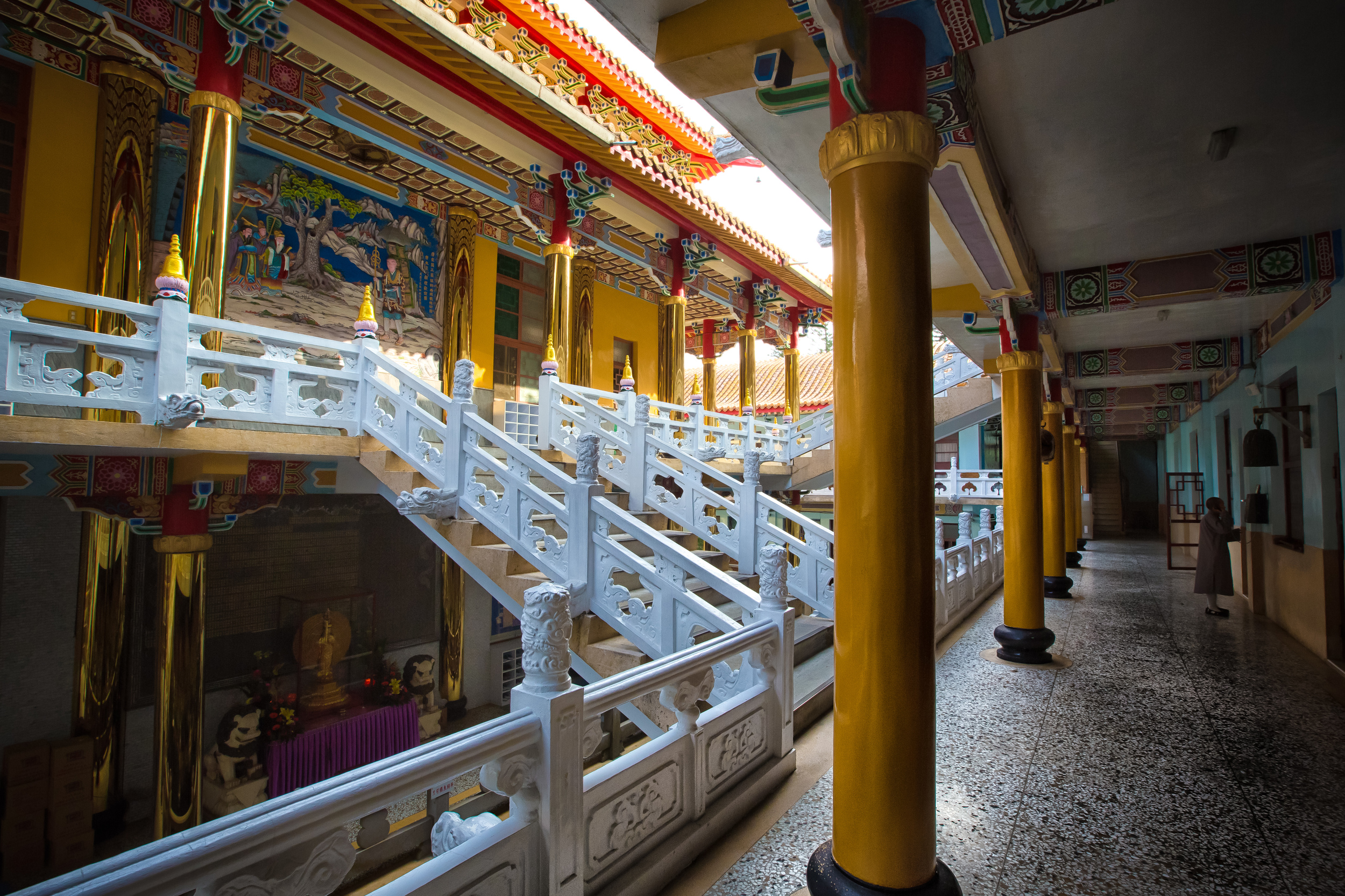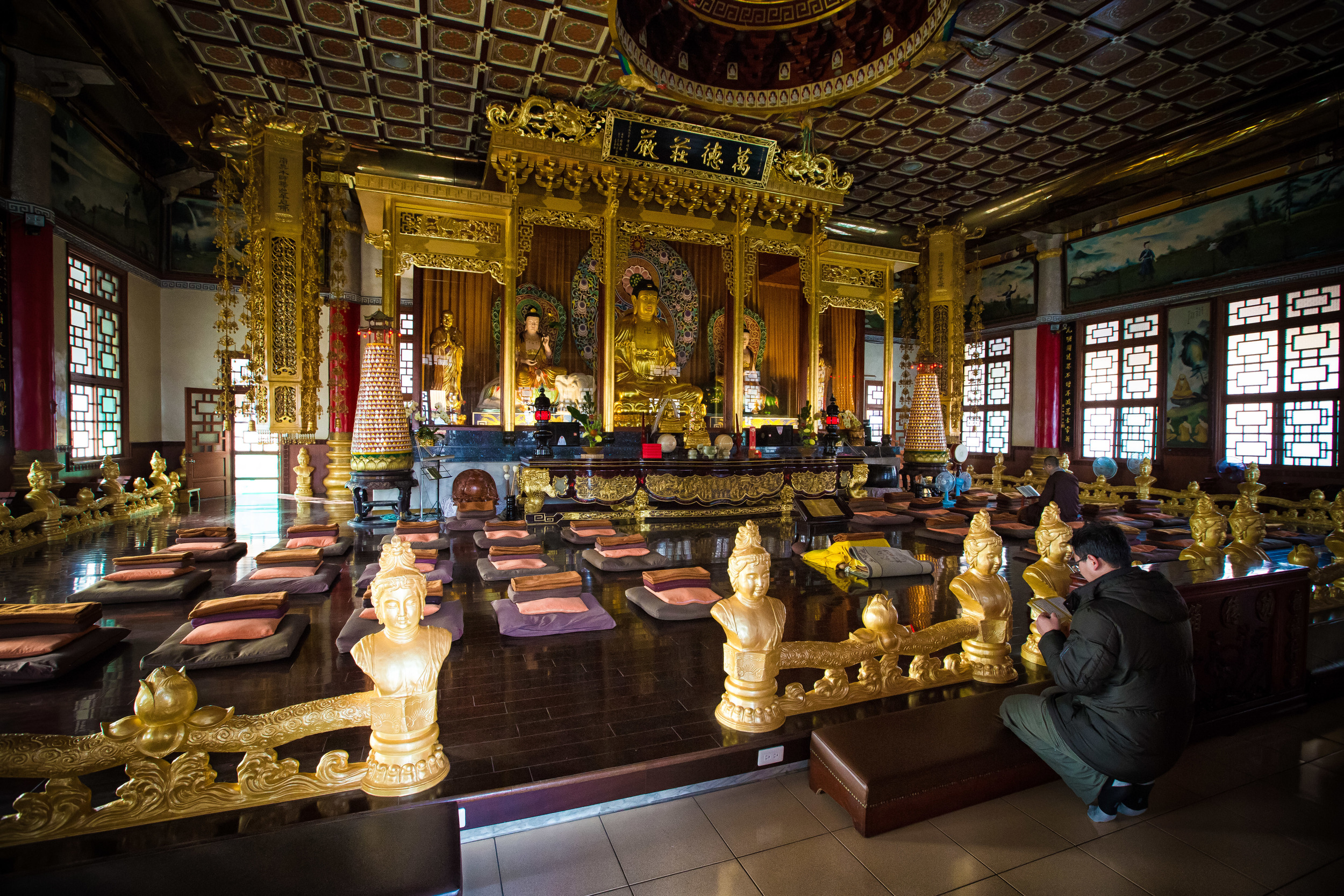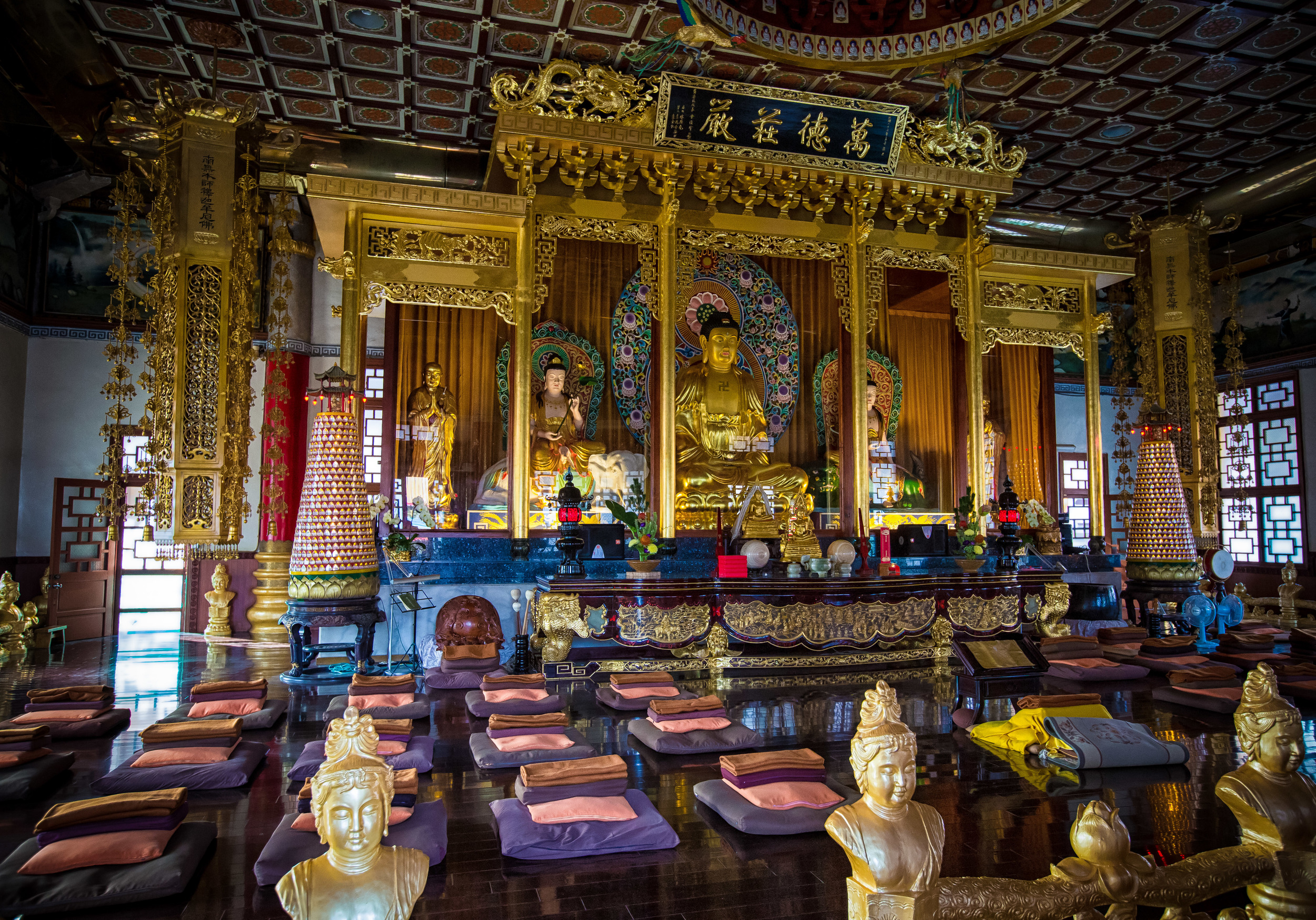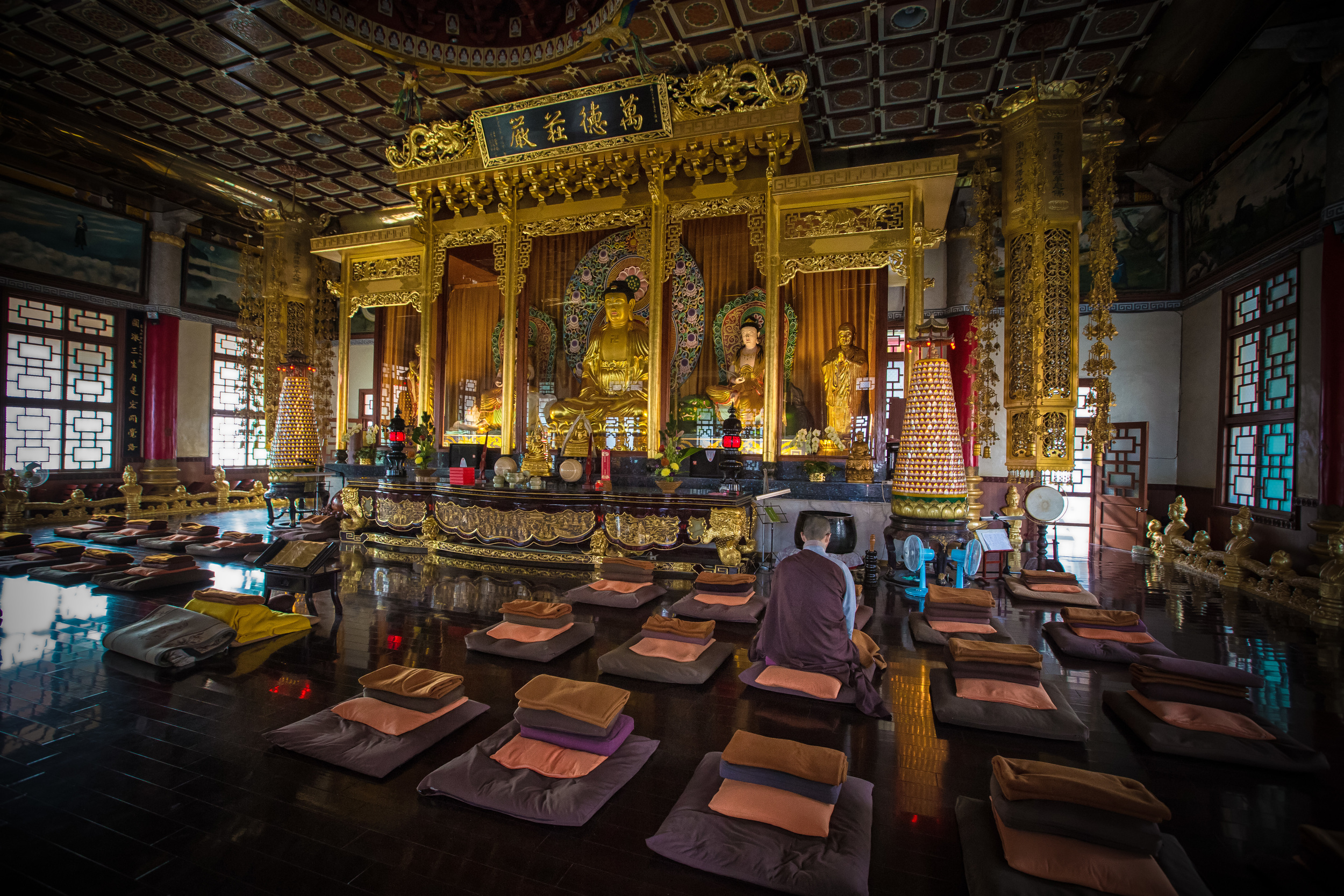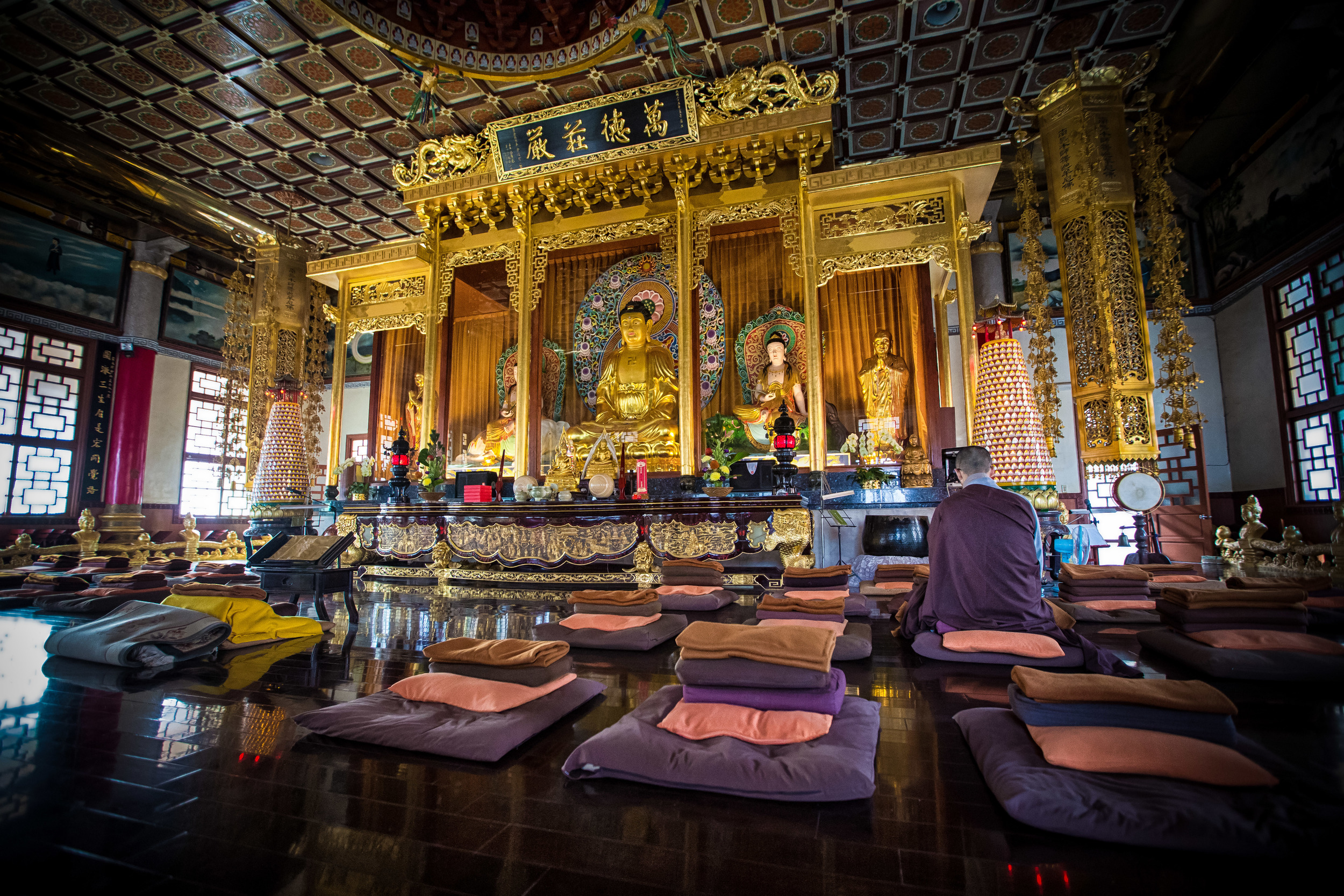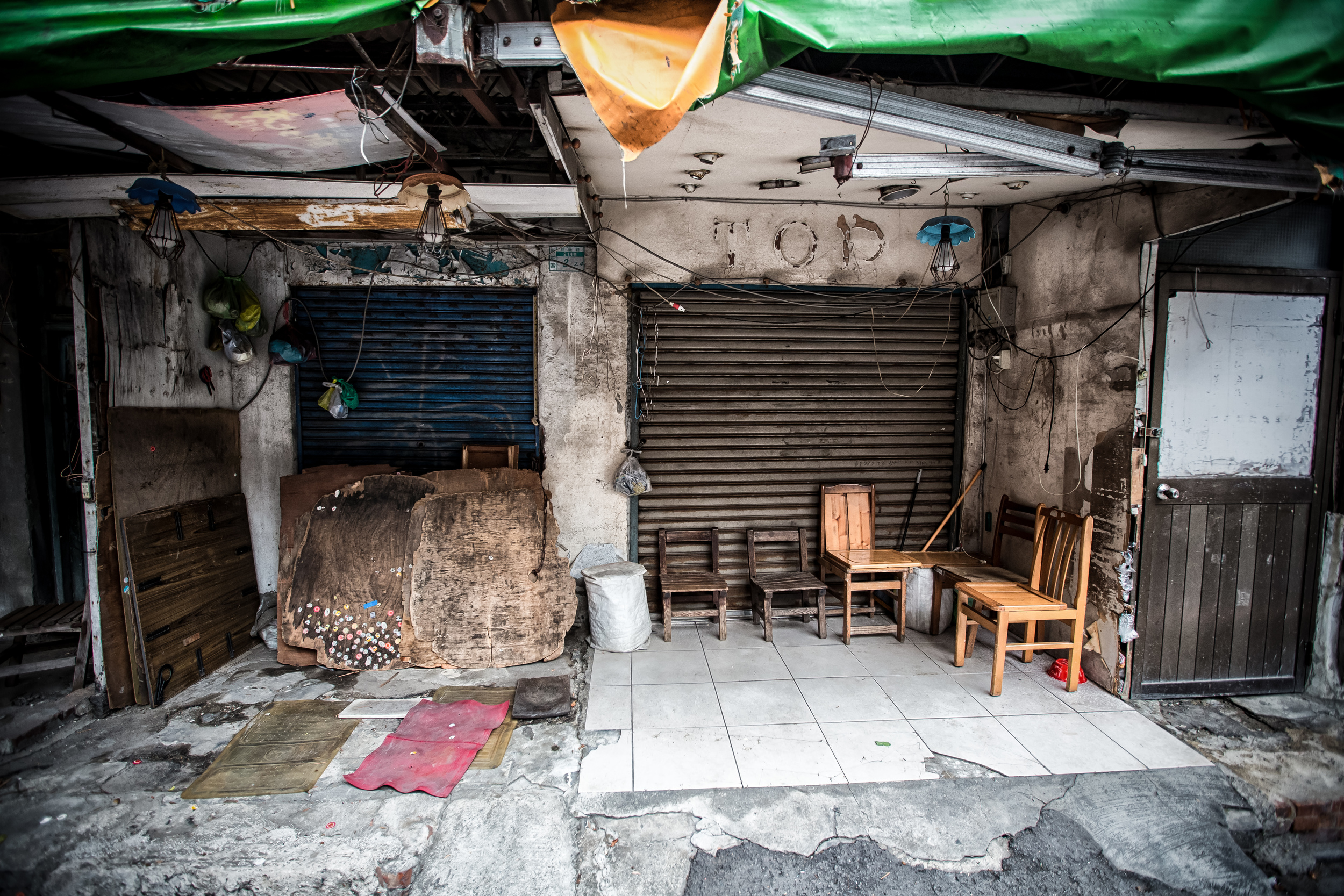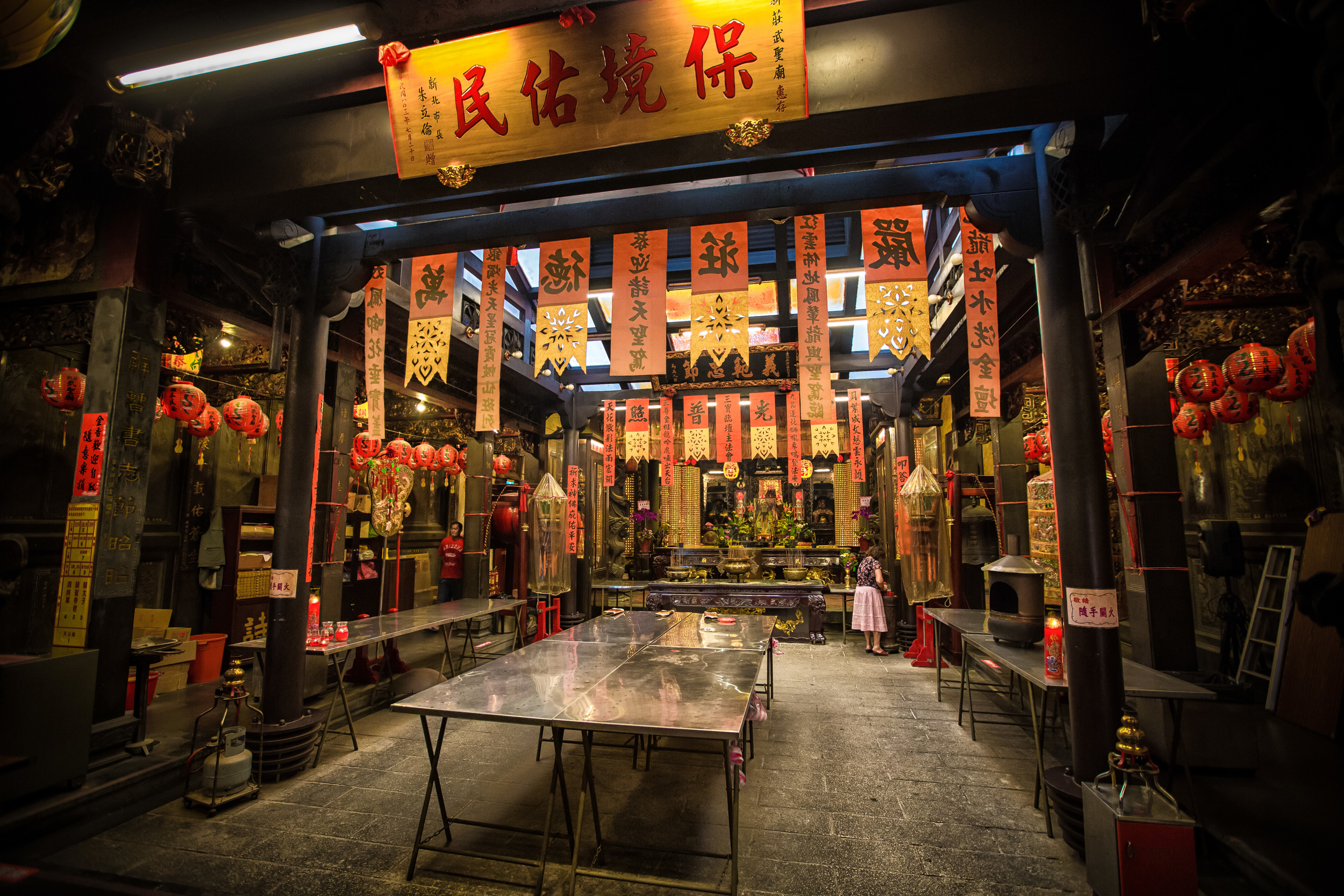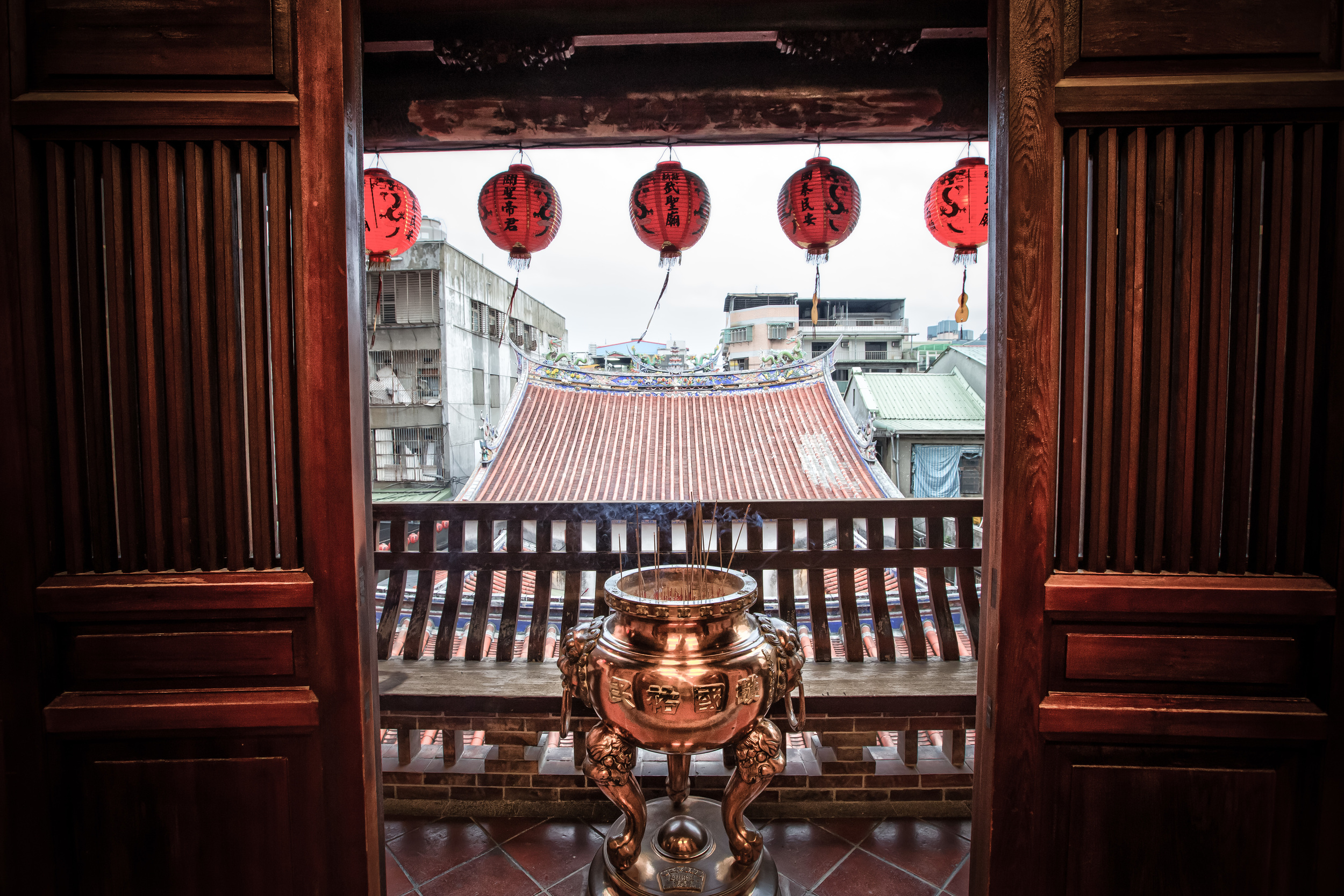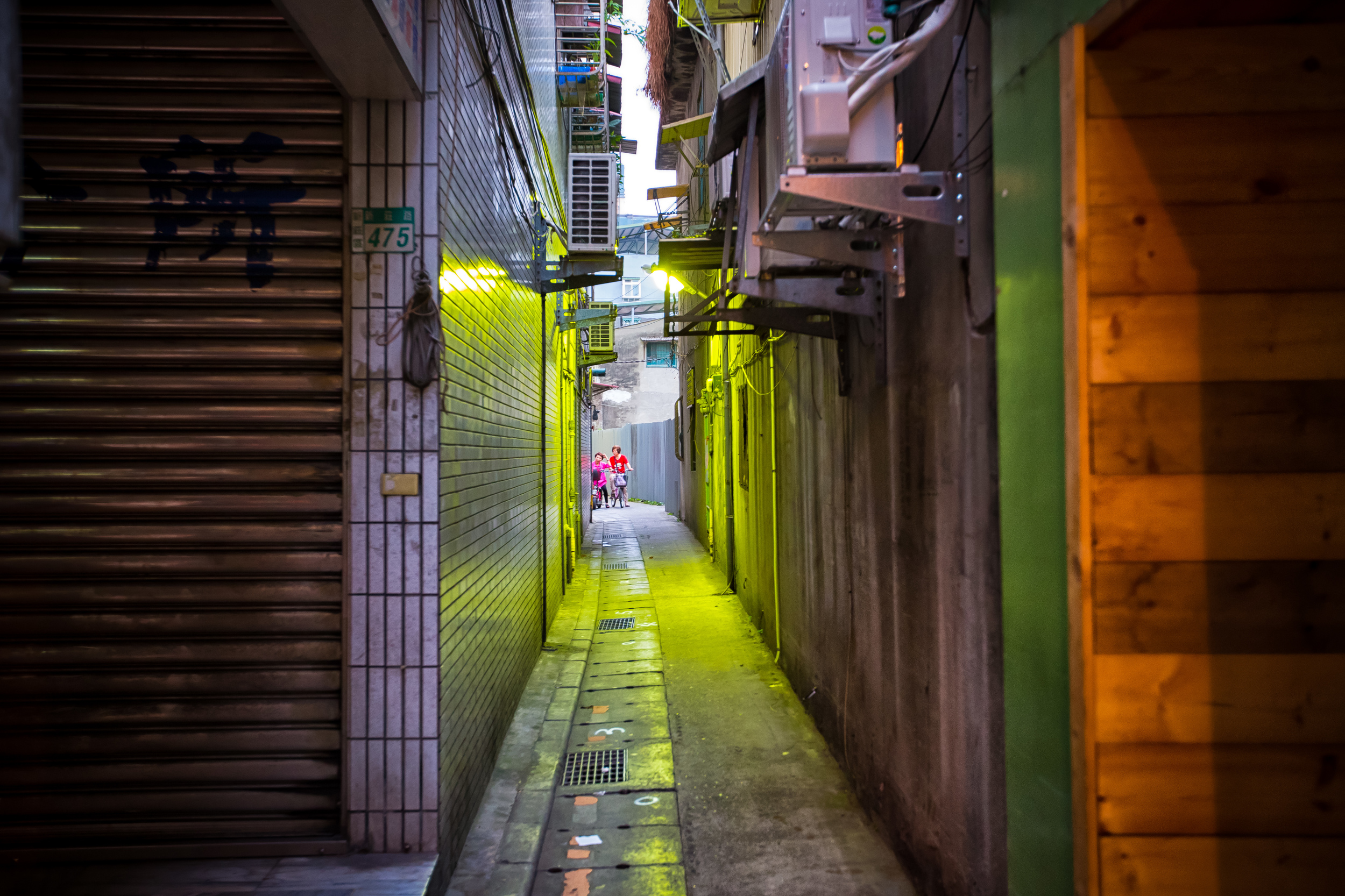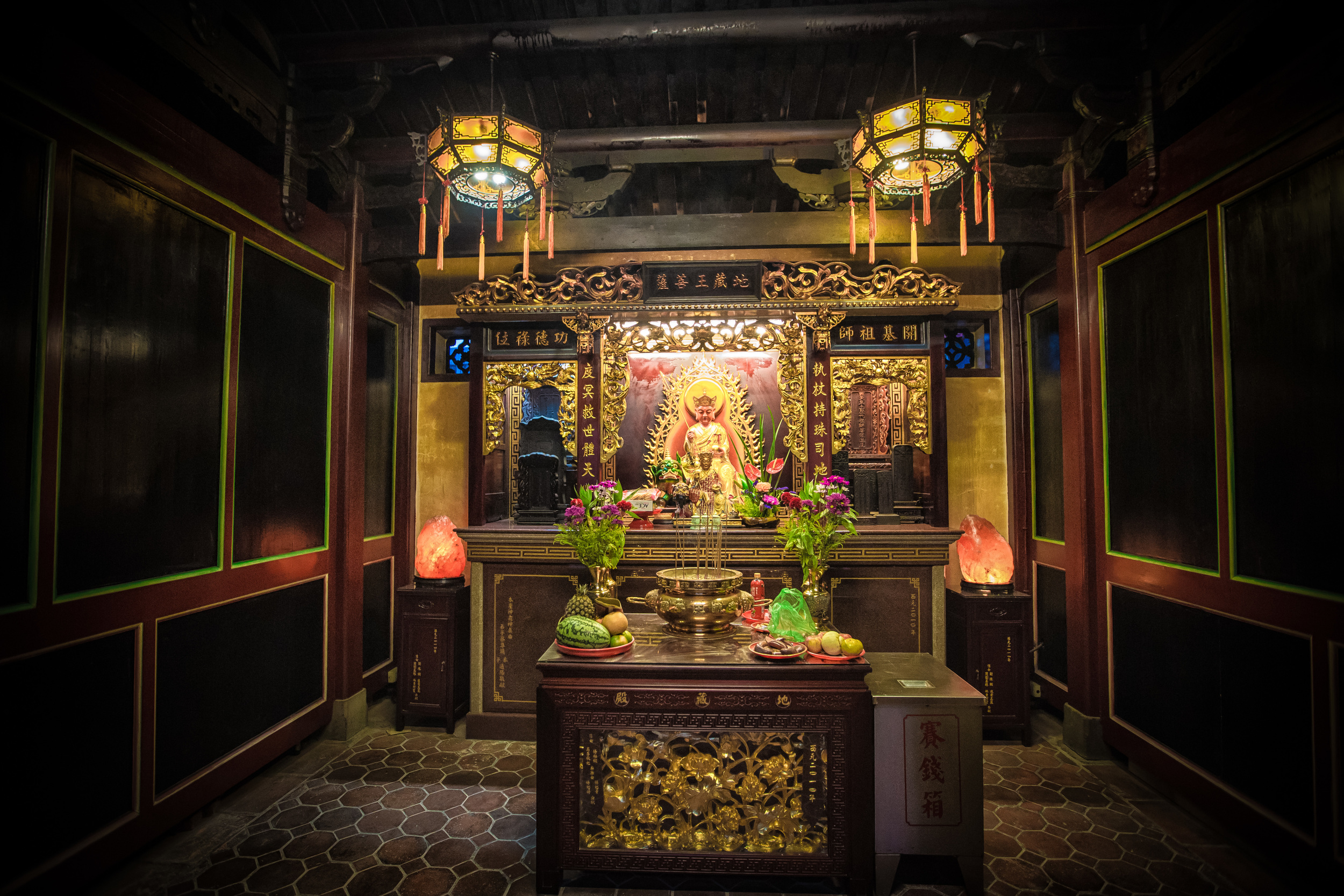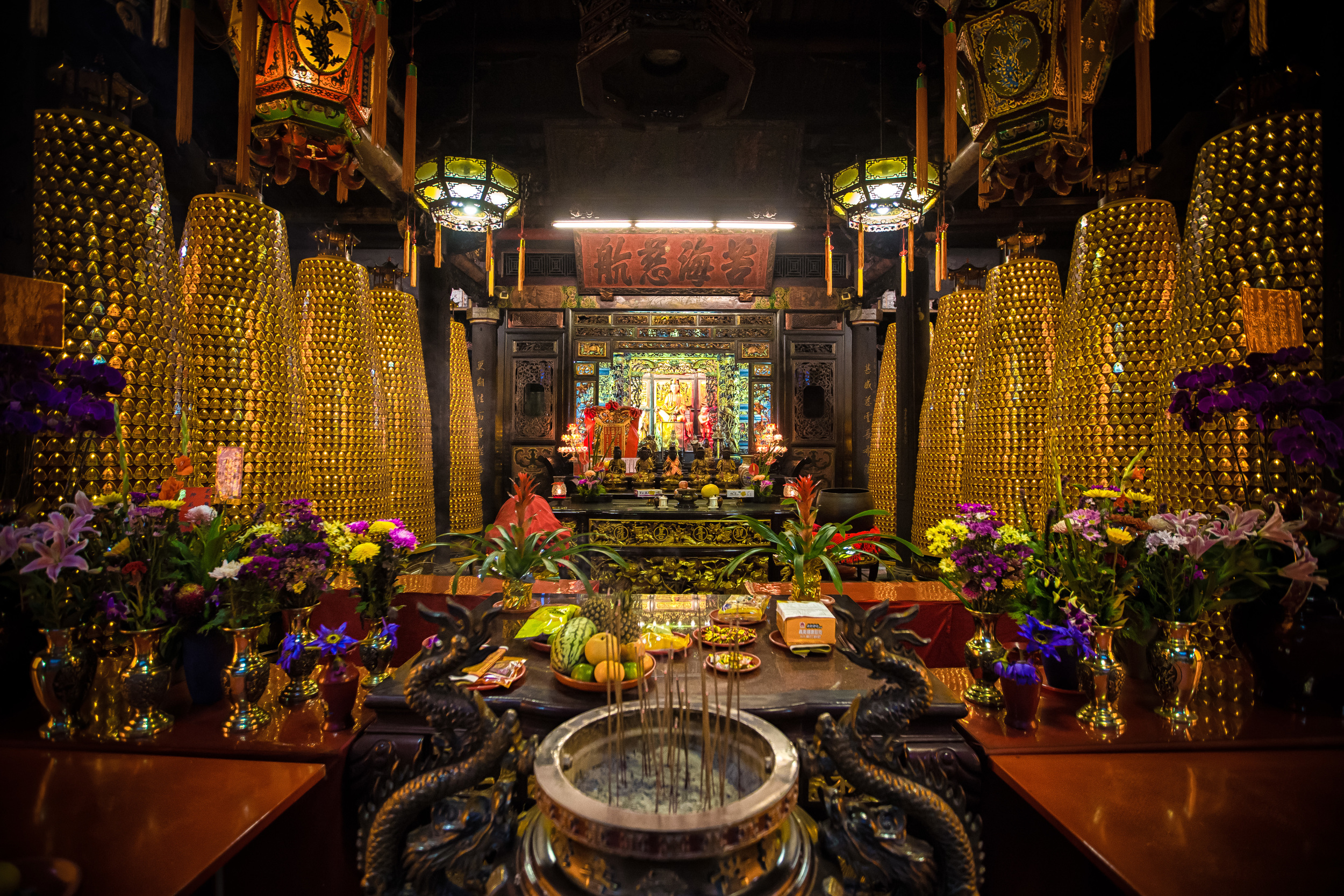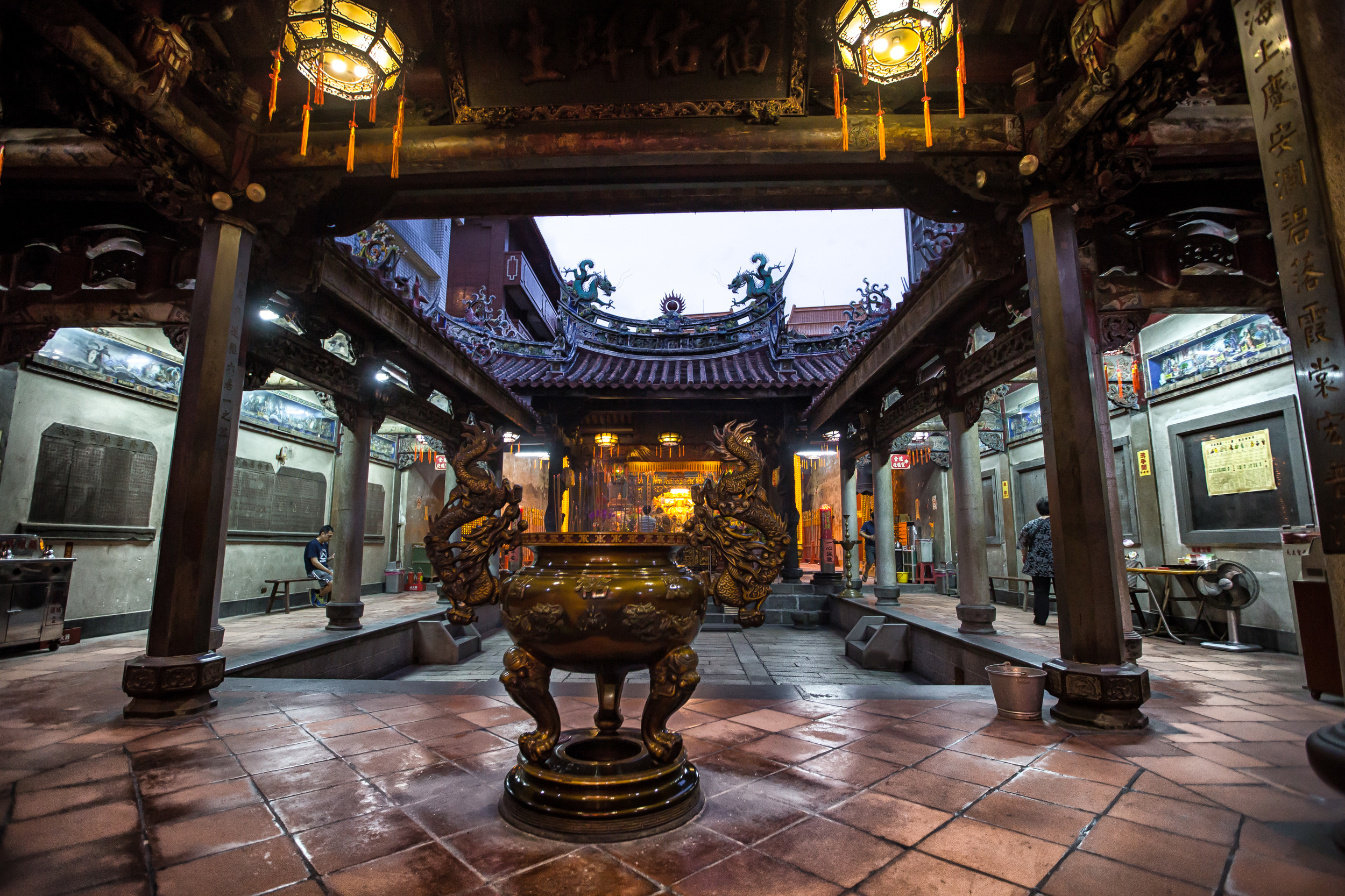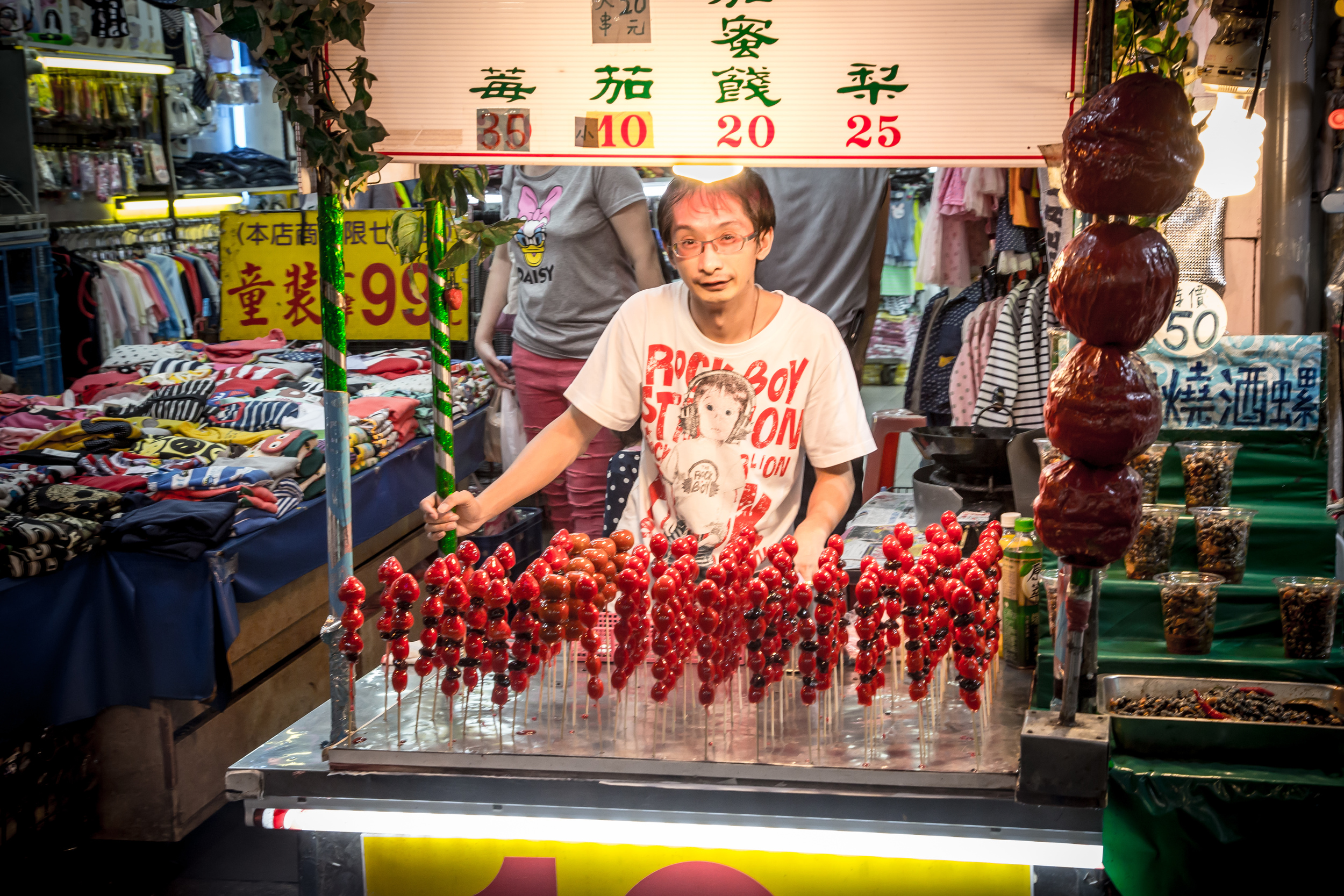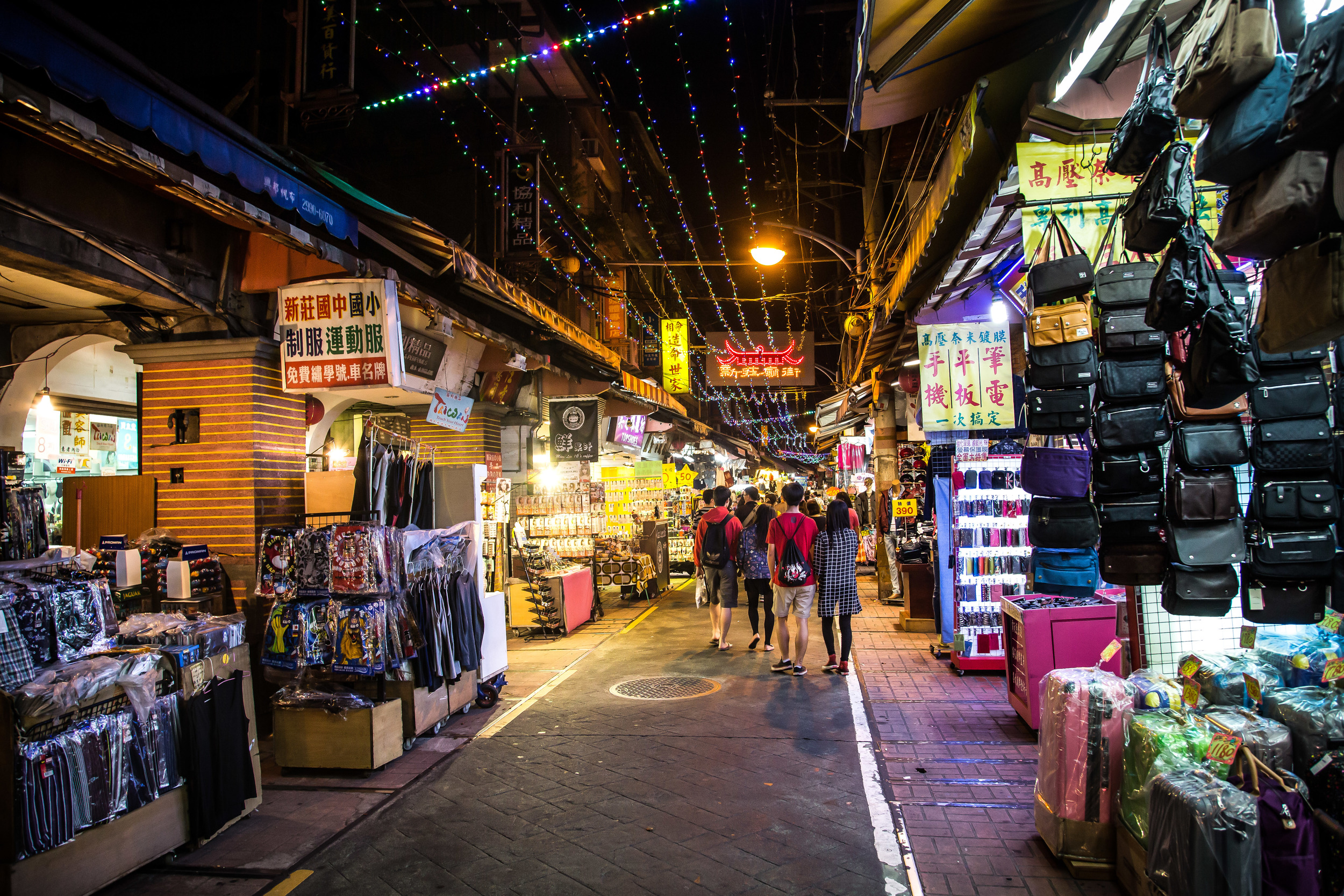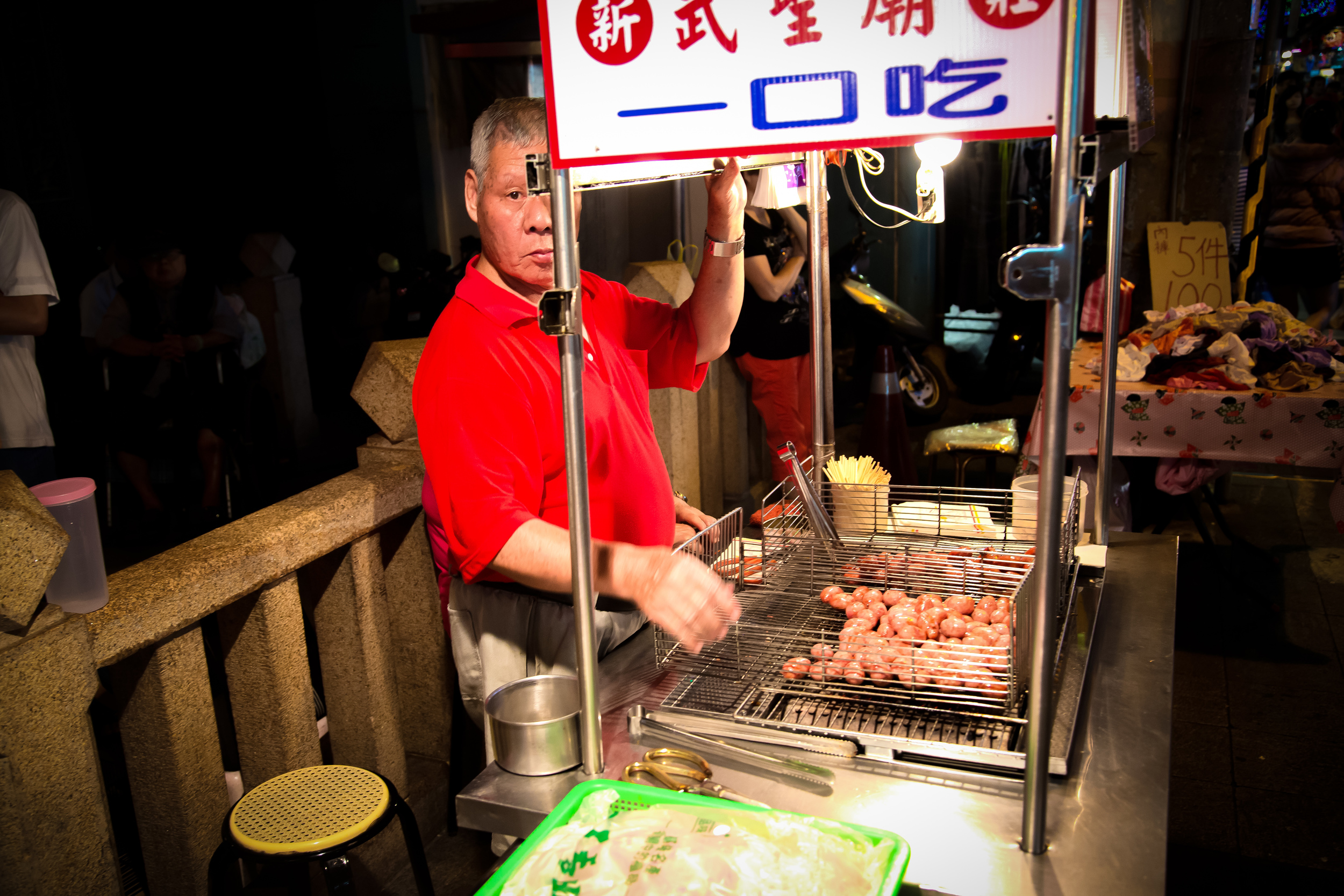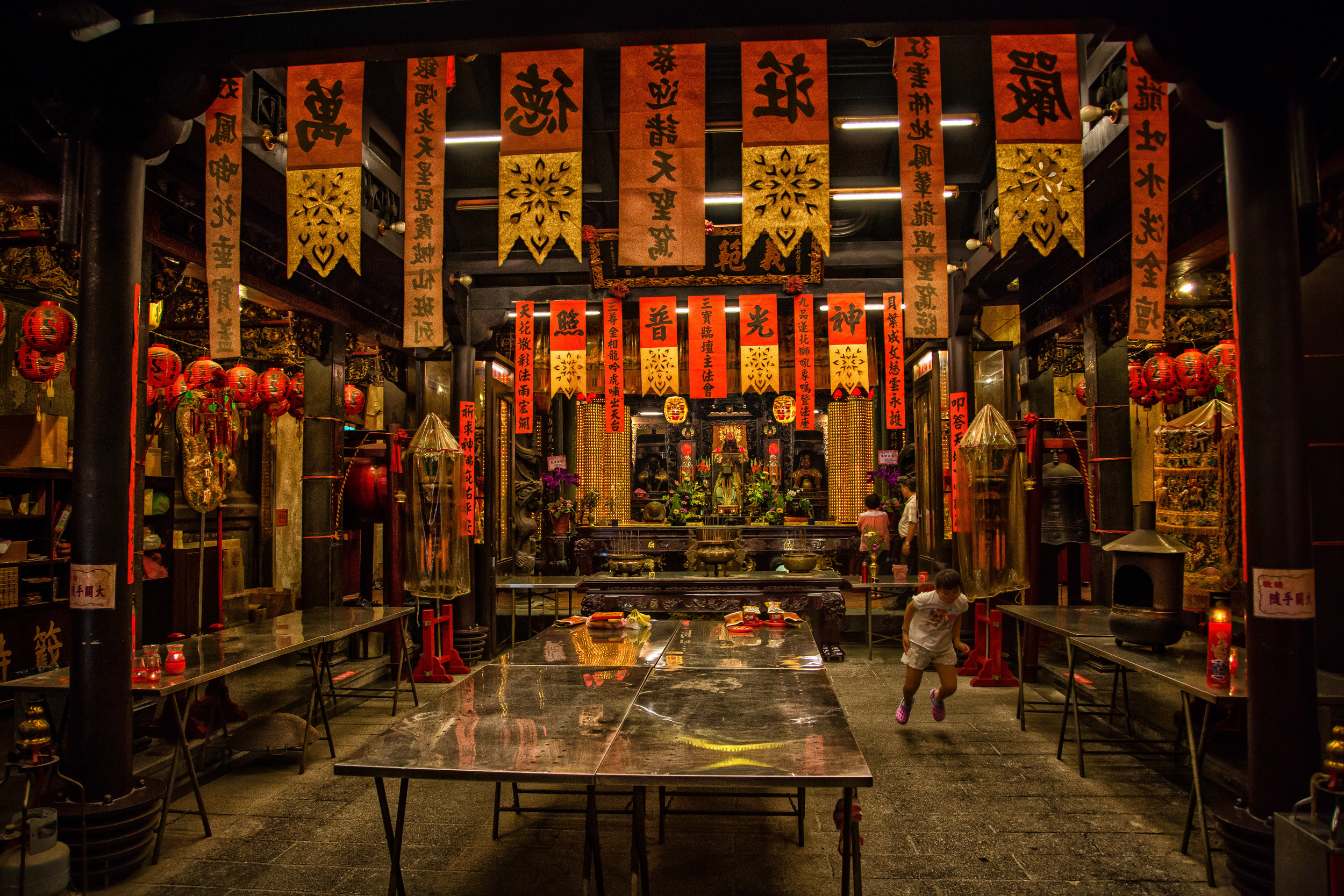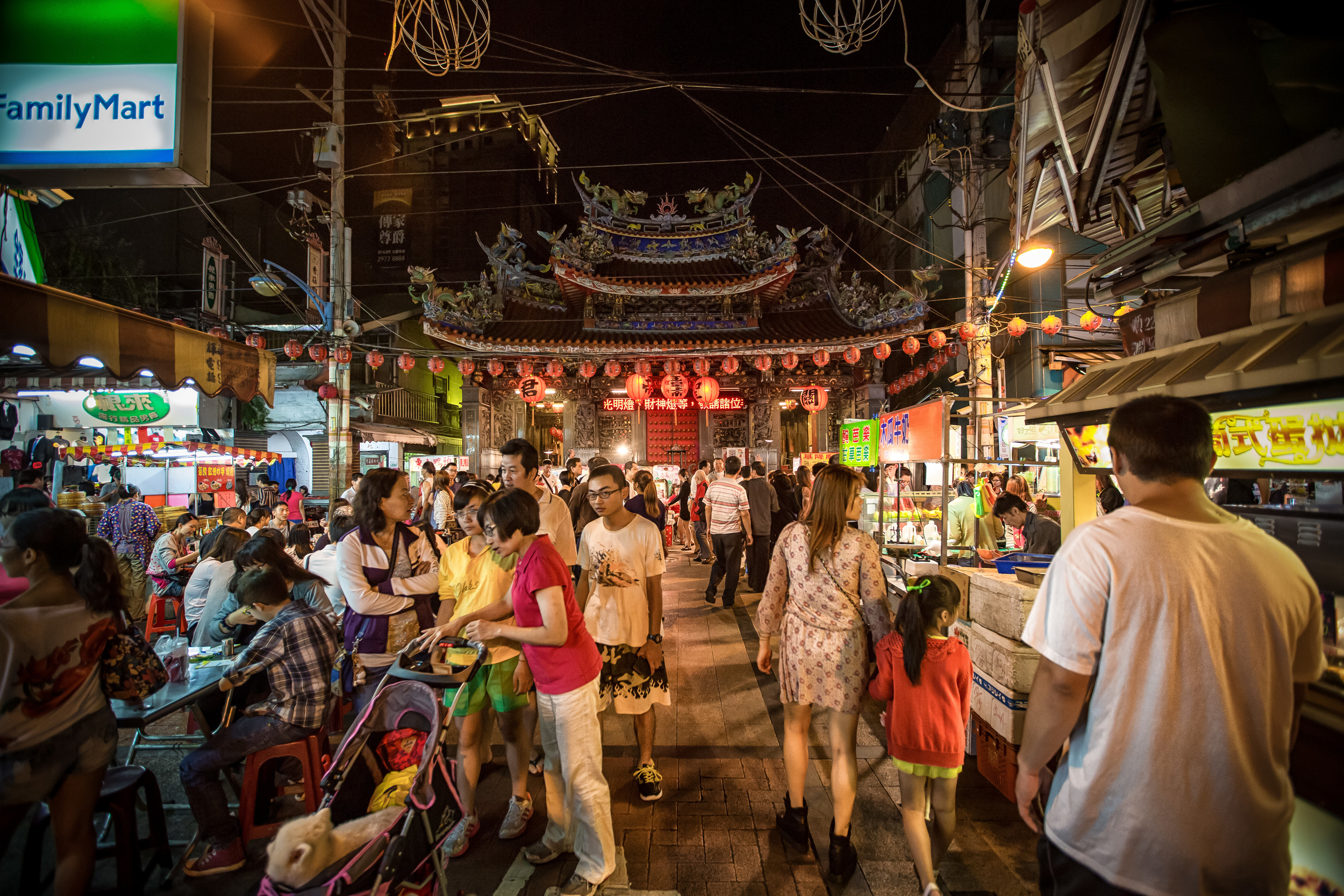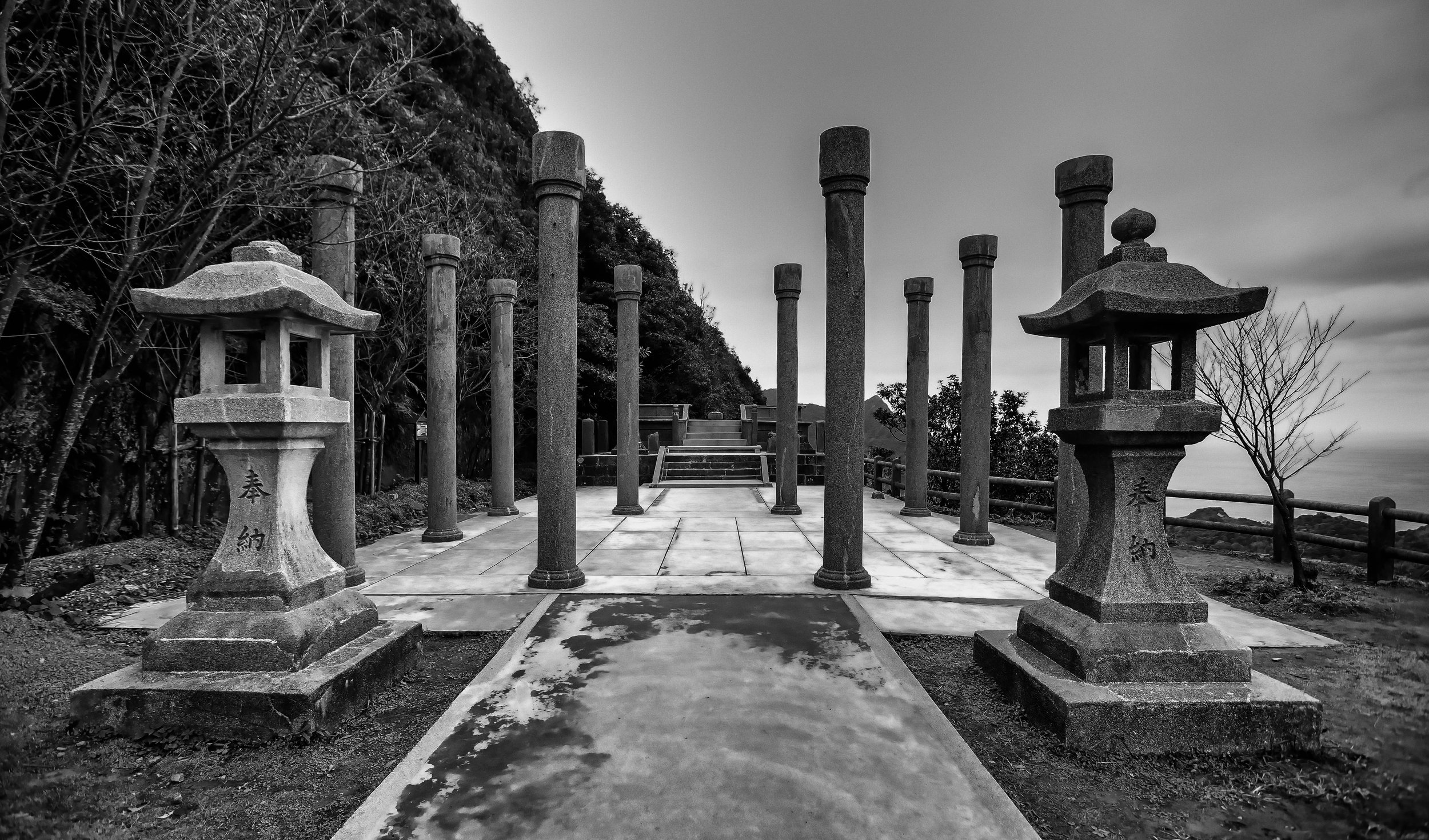Religion in Taiwan is both exciting and vibrant and even though an outsider like myself may not fully understand everything that is going on, its all very interesting to the little anthropologist in me and it is apparent that it plays an important role in the way Taiwanese people conduct themselves in their daily lives.
While it may be difficult for outsiders to understand what is going on all the time, we can still enjoy the amazing spectacles that may include fireworks, fire crackers, dancing gods, lion dances and drums. These events may seem to be a normal aspect of life to the people who grew up here, but to people like myself, they provide a unique look into the so-called soul of this country and what makes it one of the most amazing places that I've had the opportunity to call home.
The history of this small island has been a turbulent one - especially over the past few centuries with several different colonial powers taking control and spreading their influence. The spread of different belief systems was widespread during these periods forming Taiwan into the polytheistic and ultimately extremely tolerant country that it is today.
Buddhism, Confucianism and Taoism (including Chinese Folk Religion) have especially spread throughout the island and have shaped the Taiwanese worldview. Religious places of worship do a good job reflecting not only the past, but the people who have shaped the country into what it is today. Temples in Taiwan therefore double as active places of worship and museum-like relics that have withstood the troubled history of this island.
One of the defining changes in religion in over the past century was during the Japanese occupation of the country. During that period there was widespread persecution of Taoism (as it was seen as representative of Chinese culture as a whole) Taoists took to worshipping in secret in Buddhist temples which allowed them to practice in secret without fear of persecution.
This example of compassion, tolerance and acceptance changed the religious landscape of the land and if you walk into any of Taiwan's 5000 temples today you will certainly notice that several religions are often housed within the same building and all work together in peace and are all respected by Taiwanese people no matter if they consider themselves a follower of that religion or not.
The Rising Lotus Temple (湧蓮寺) in New Taipei City's Luzhou District (蘆洲區) is prime example of this tolerant attitude towards religion. The temple is a 143 year old polytheistic temple that opens it doors to the followers of Buddhism, Taoism and Chinese Folk Religion.
It is a large three-storey temple that is busy all year round - but especially busy during the lunar new year celebrations when families from all over the country will brave the massive crowds to pray for good blessings for the coming year.
The temple has historically been important to the Luzhou area and as you see quite often in Taiwan, large temples tend to be the cultural centre of the community - which means there is a lively night market and bustling traditional business district surrounding the temple.
The temple houses four large shrines with several smaller off-shooting shrines.
- The main shrine is dedicated to the (Chinese) Buddha of Compassion known as Guanyin (南海觀世音菩薩)
- The shrine on the top floor of the temple is dedicated to Shakyamuni Buddha (釋迦牟尼佛), the Medicine Buddha (藥師佛) and Amitabha (阿彌陀佛)
- Another shrine is dedicated to the Four Heavenly Kings (四大天王) which are protector deities in Buddhism.
- A shrine on the first floor is dedicated to various gods of Chinese folk religion including the Jade Emperor (玉皇大帝) and others.
Some of the off-shooting shrines are dedicated to various deities of Chinese folk heroes such as Koxinga and his lieutenants who have been important in Chinese history.
For Chinese readers, the list of shrines in the temple are as follows:
- 正殿:南海觀世音菩薩、善才、龍女、韋馱菩薩、伽藍菩薩
- 三寶殿:釋迦牟尼佛、藥師佛、阿彌陀佛、(釋迦牟尼佛侍者:迦葉尊者、阿難尊者)
- 天王殿:四大天王
- 玉皇殿:玉皇大帝、三官大帝、南斗星君、北斗星君、太陽星君、太陰星君、文昌帝君、魁星爺、高元帥、李天君、楊天君等
- 後殿、眾神殿(懋德宮):國姓爺、(國姓爺副將:萬禮將軍、甘輝將軍)天上聖母、註生娘娘、中壇元帥、福德正神、西秦王爺、田都元帥
Walking around the temple, you'll be overwhelmed by the amazing attention to detail within. The temple adheres to the principles of Feng Shui in its design and all of its walls are painted with incredible murals depicting the life of the Buddha as well as different periods of Chinese history.
The stone work on the walls is beautiful and I could have spent hours walking around looking at all the minor details. The roof of the temple as well has amazing design and there are dragons and phoenixes littered throughout and almost seem to be communicating with each other.
If you are in Luzhou for the day, make sure to stop over and check out the Rising Lotus temple. The Night Market in front of the temple also has some great food and the surrounding area is well known for it's freshly hand-cut noodles (刀切麵) and is easily accessible through the new Luzhou line on Taipei's MRT.
Gallery / Flickr (High Res Shots)

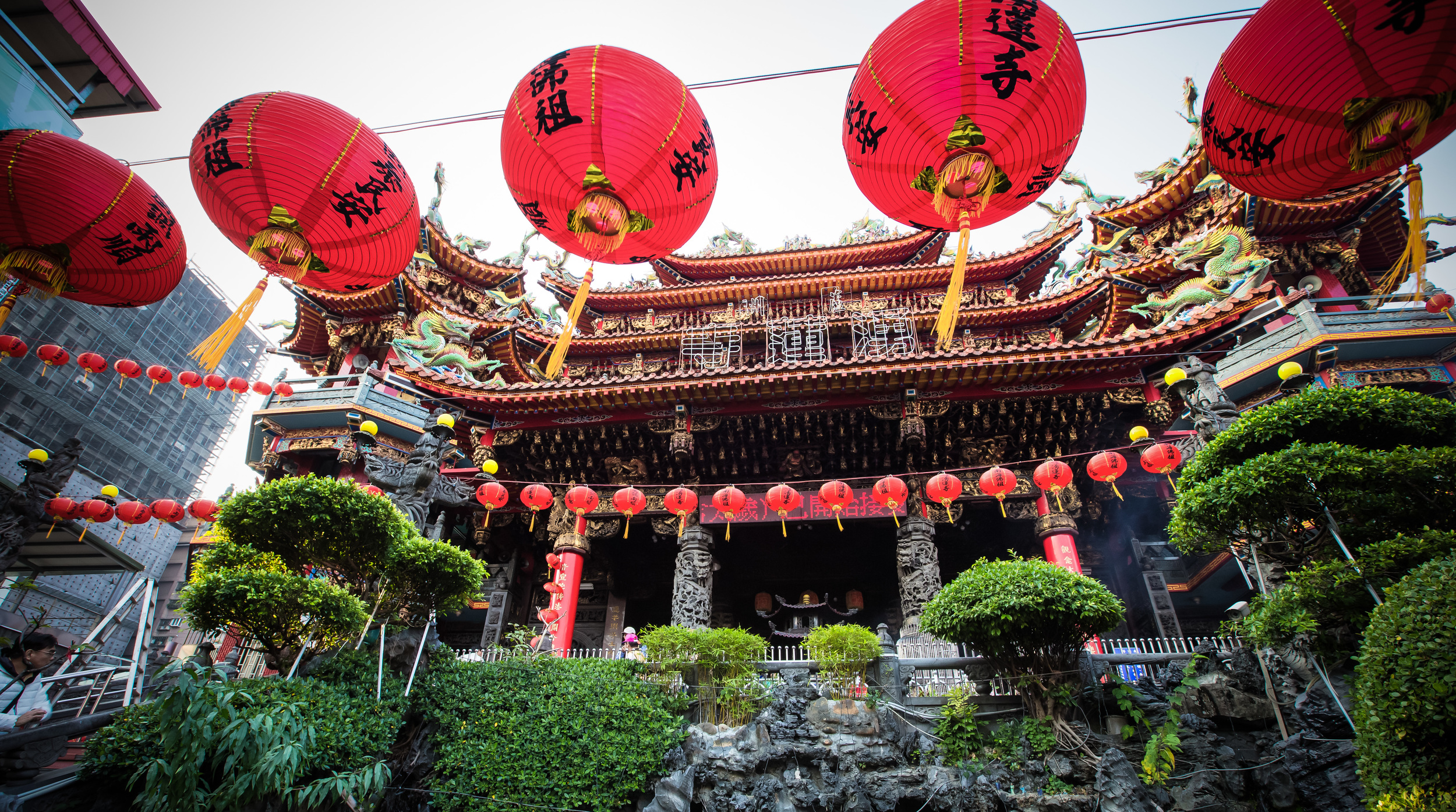
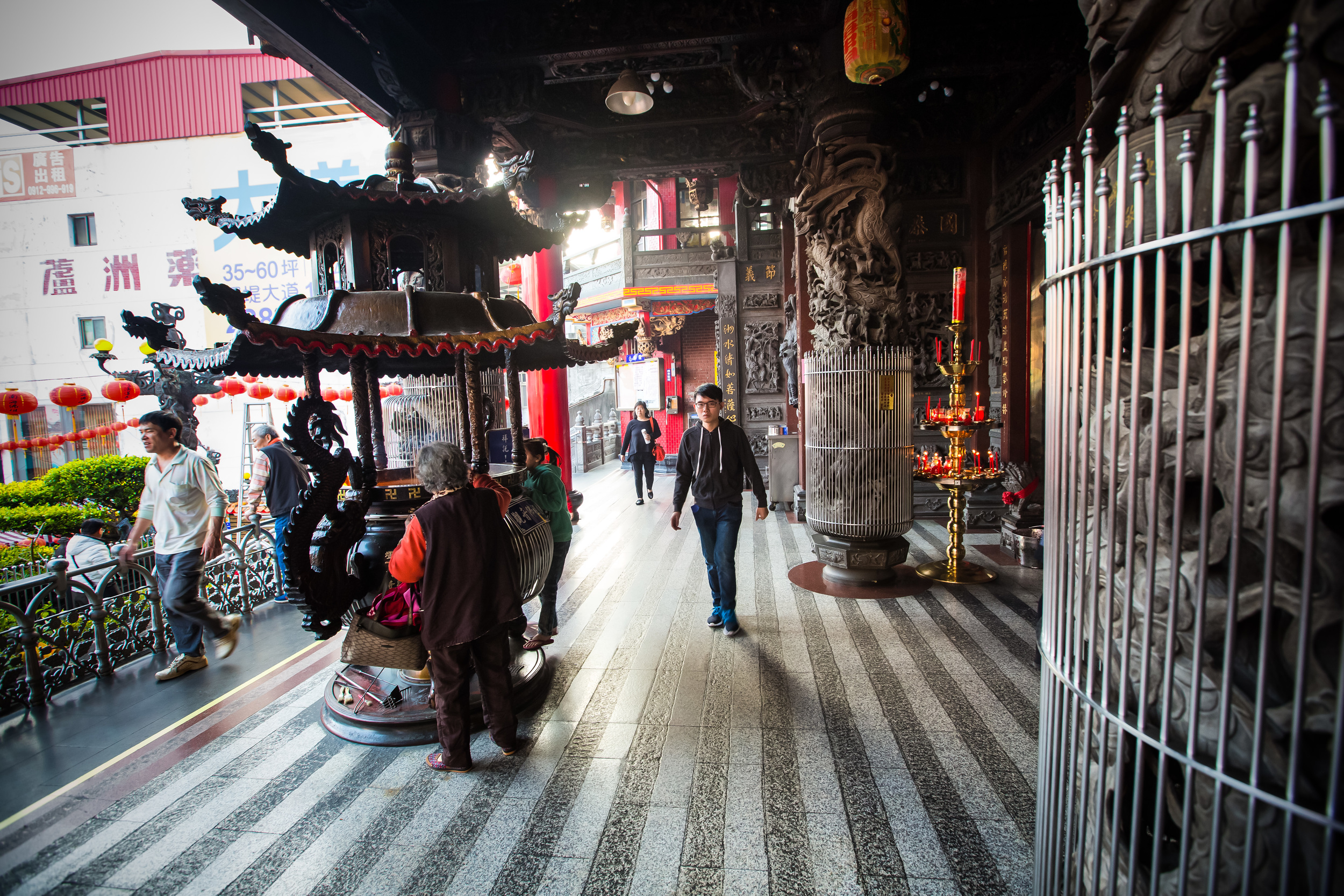

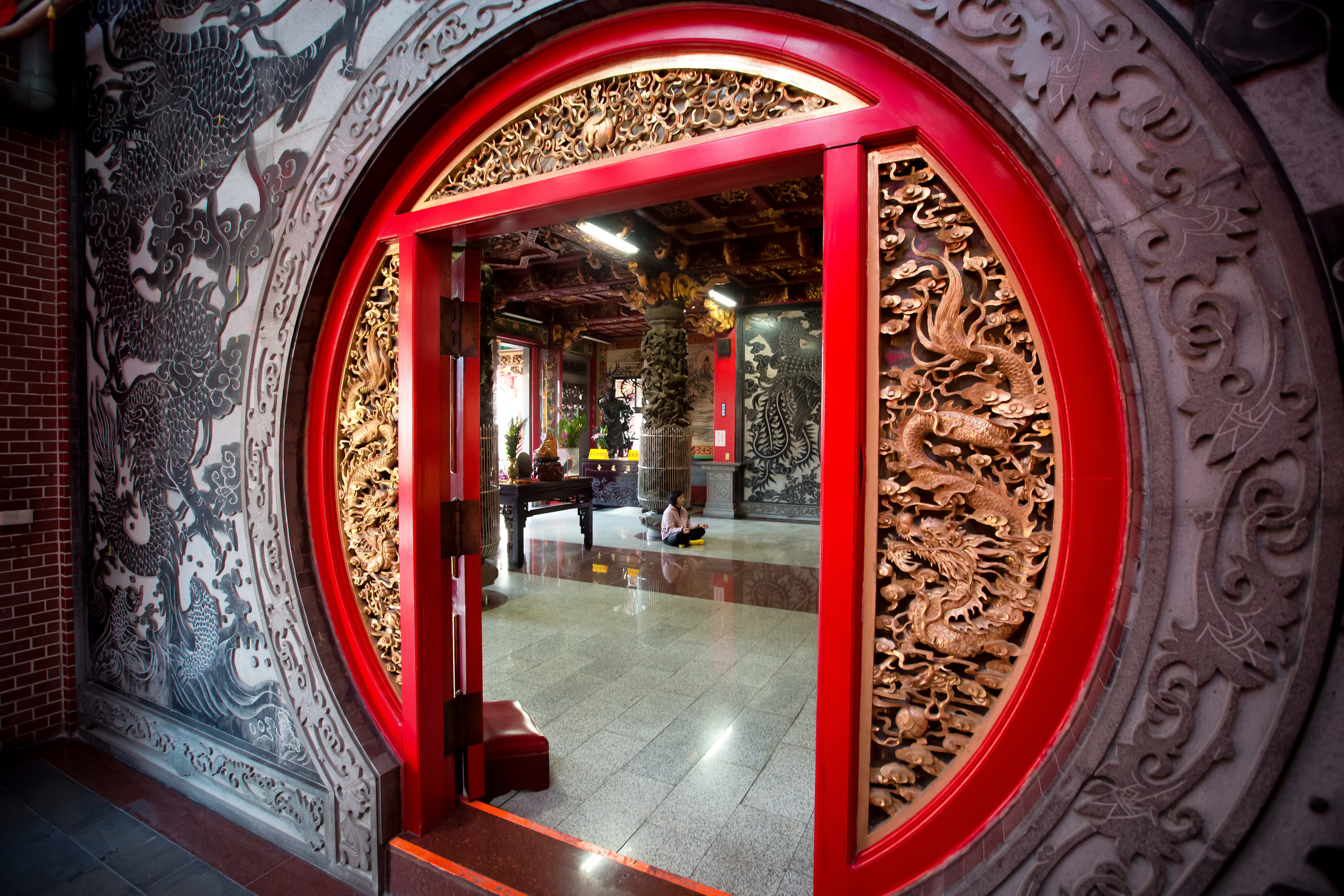


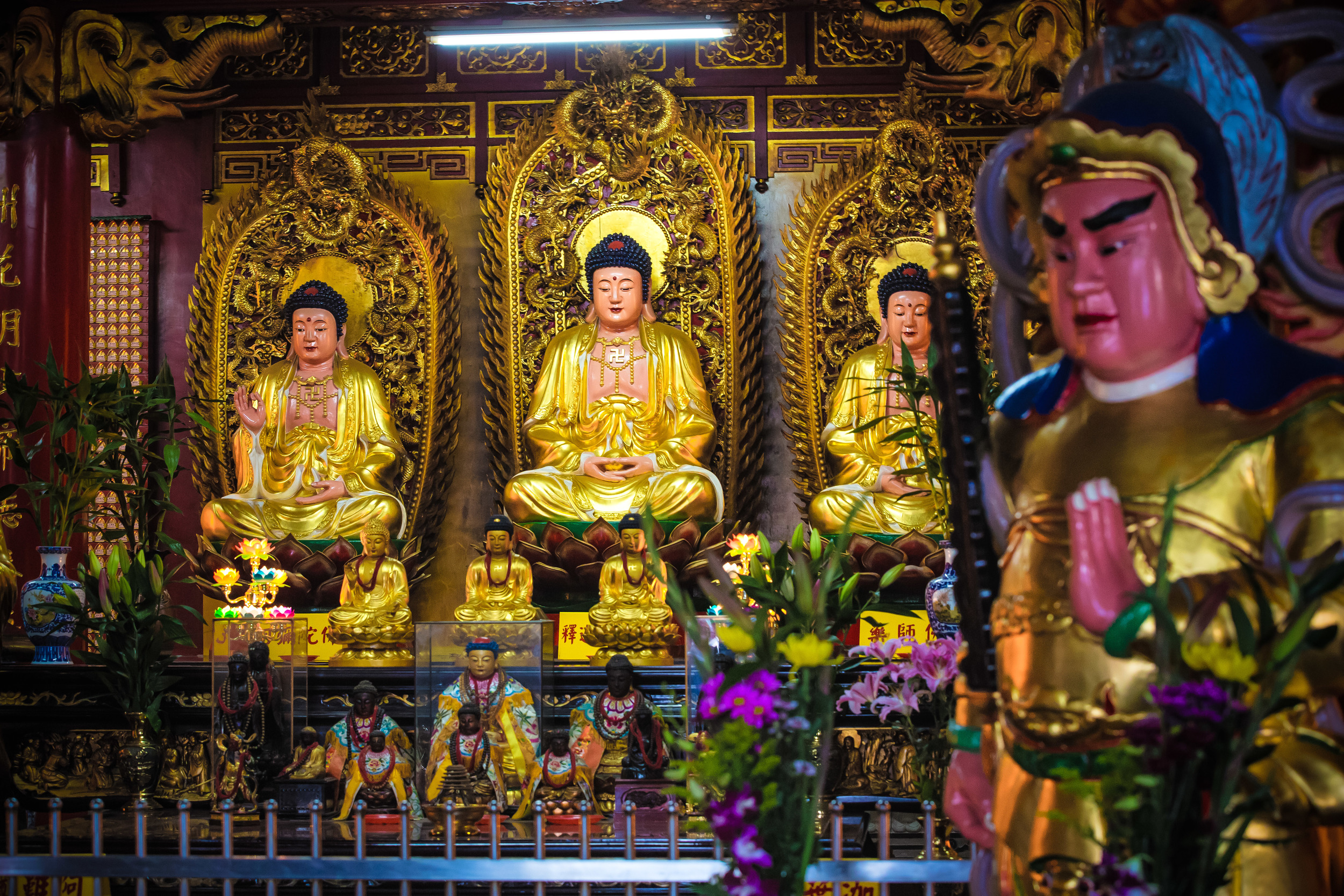

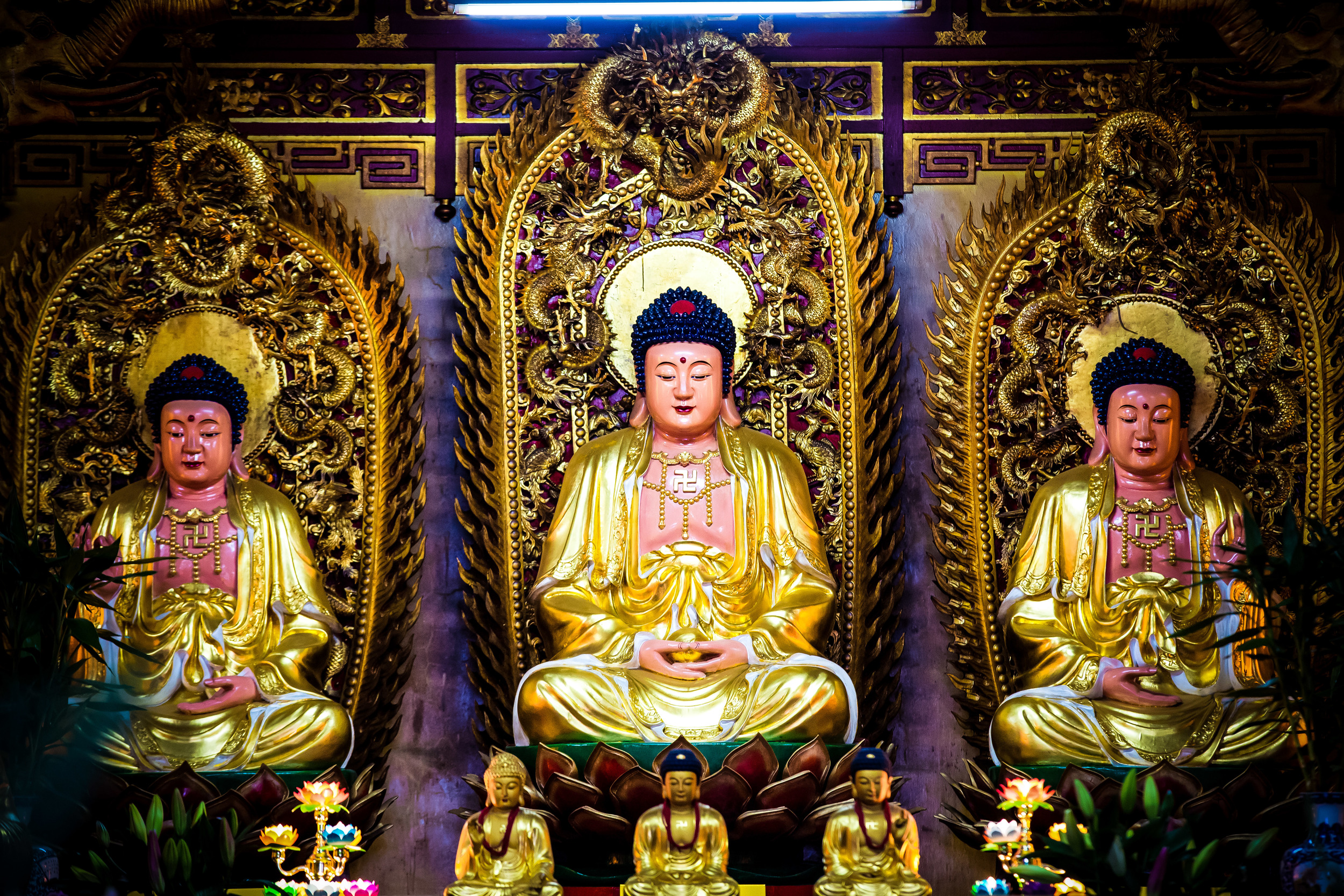

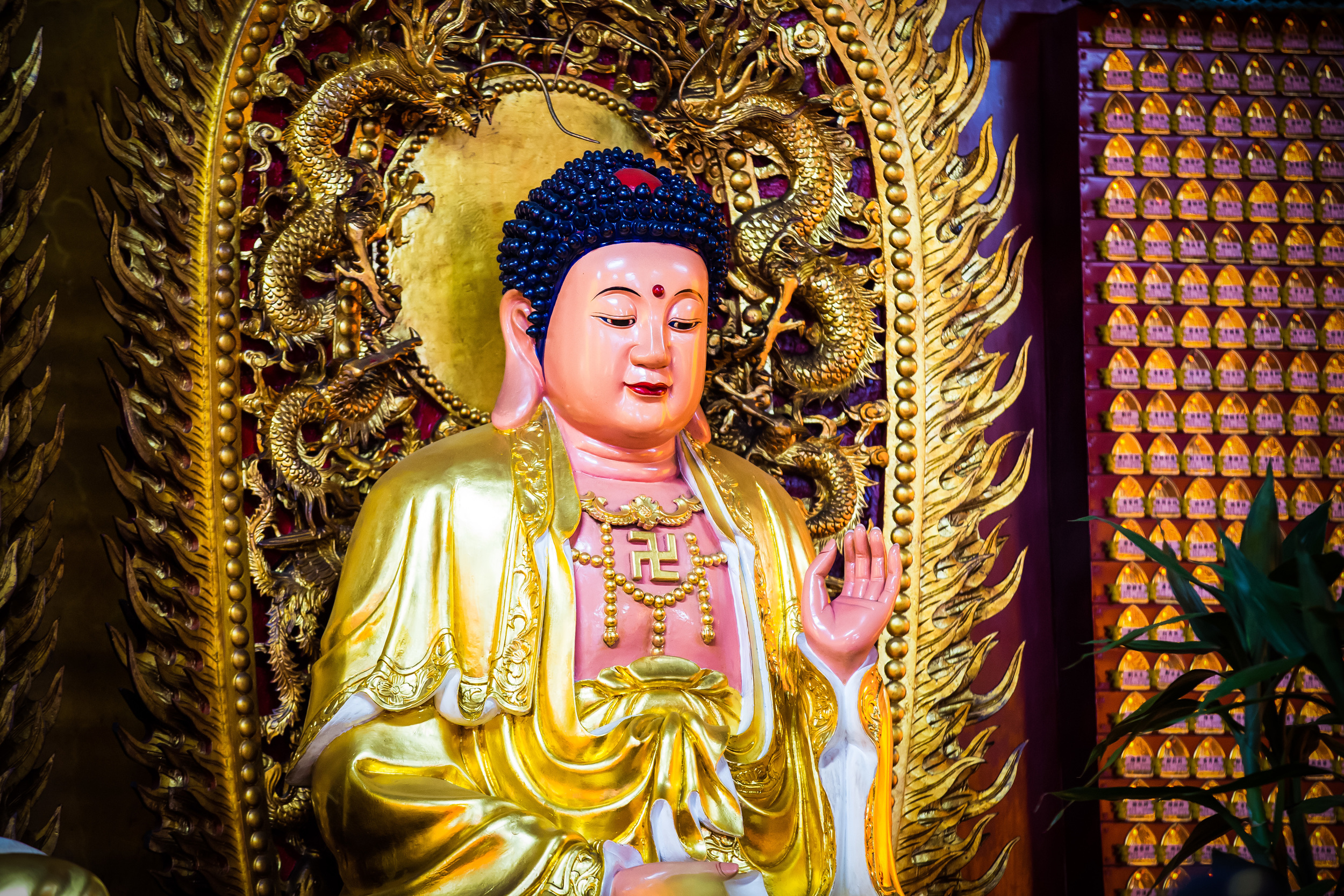
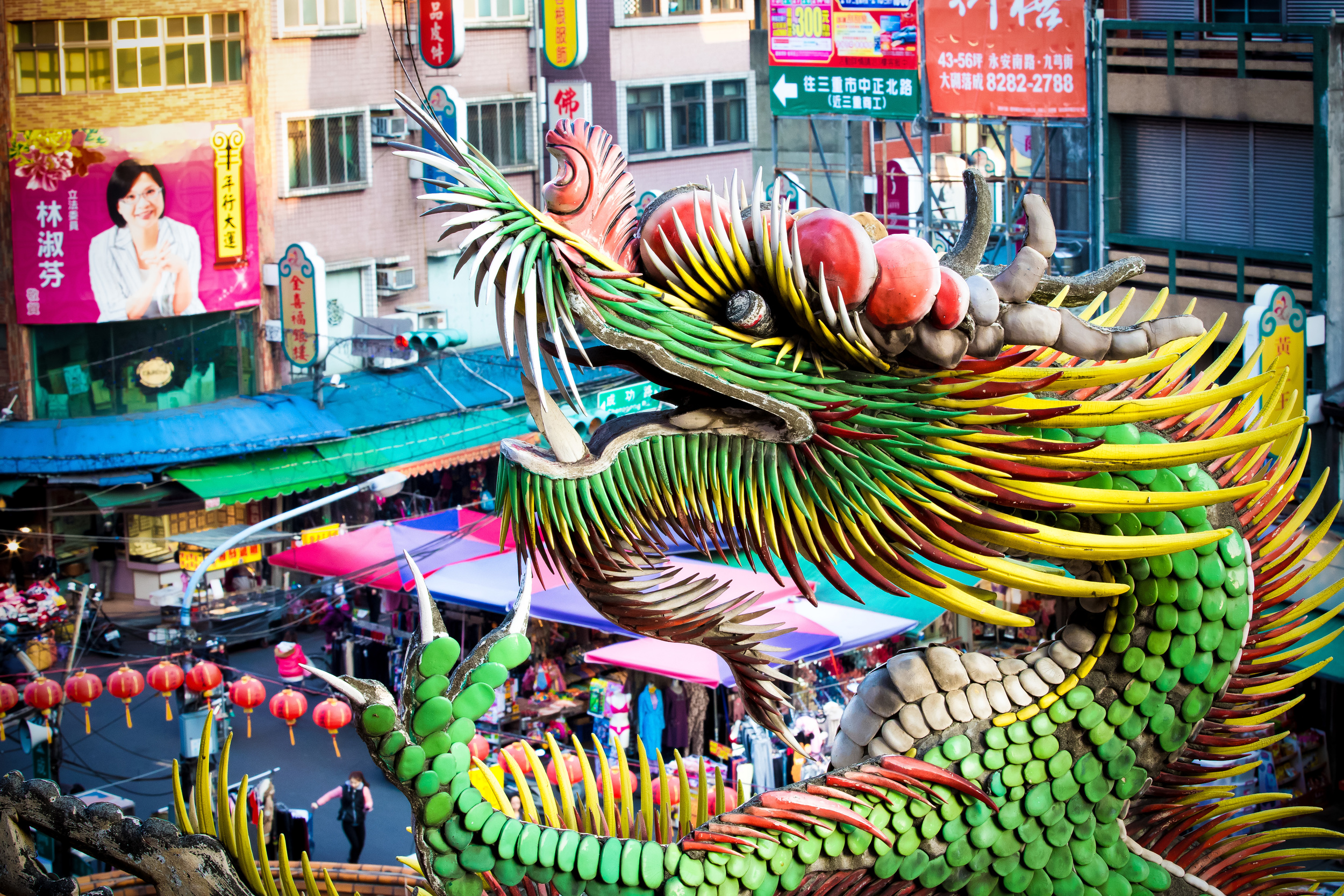
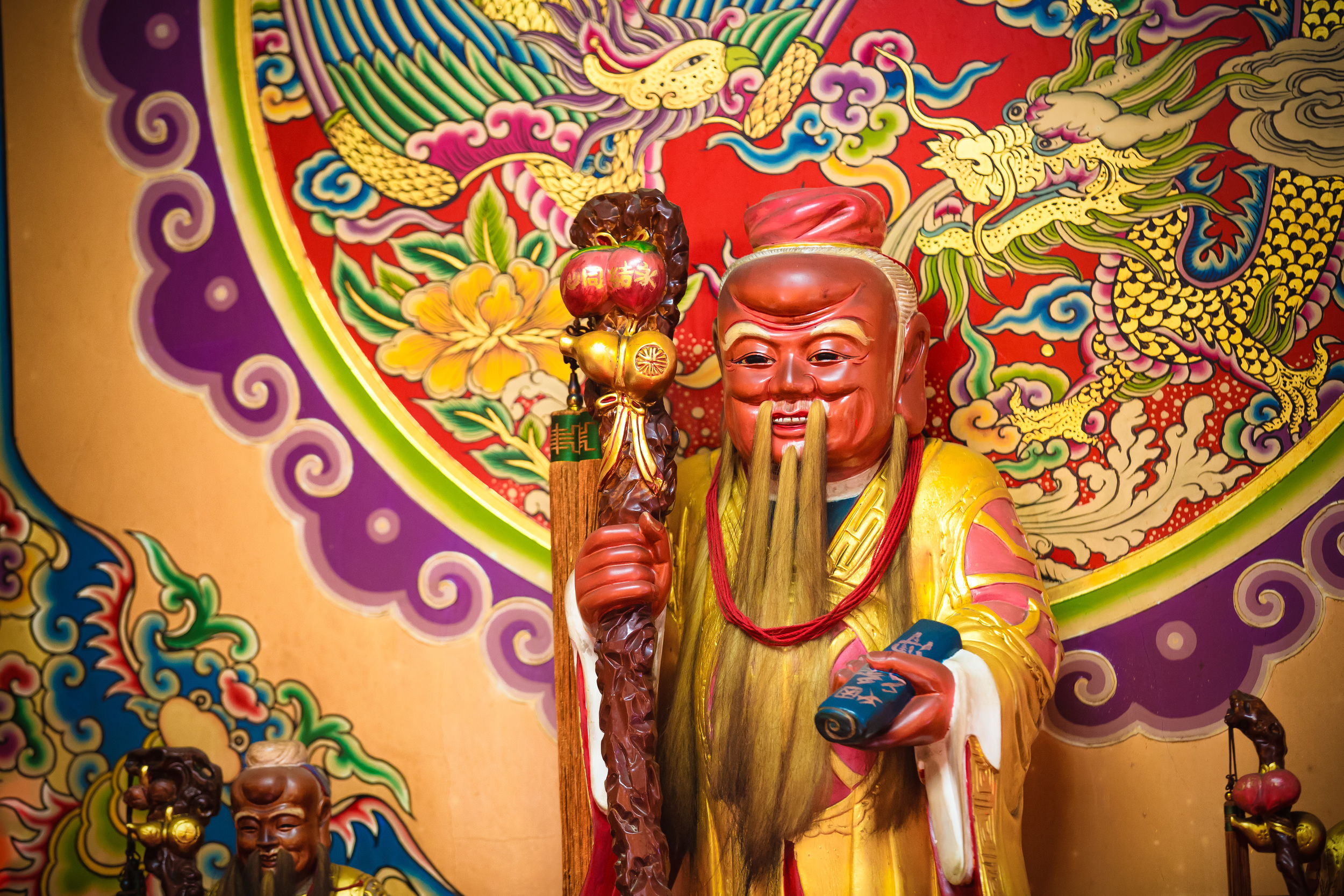
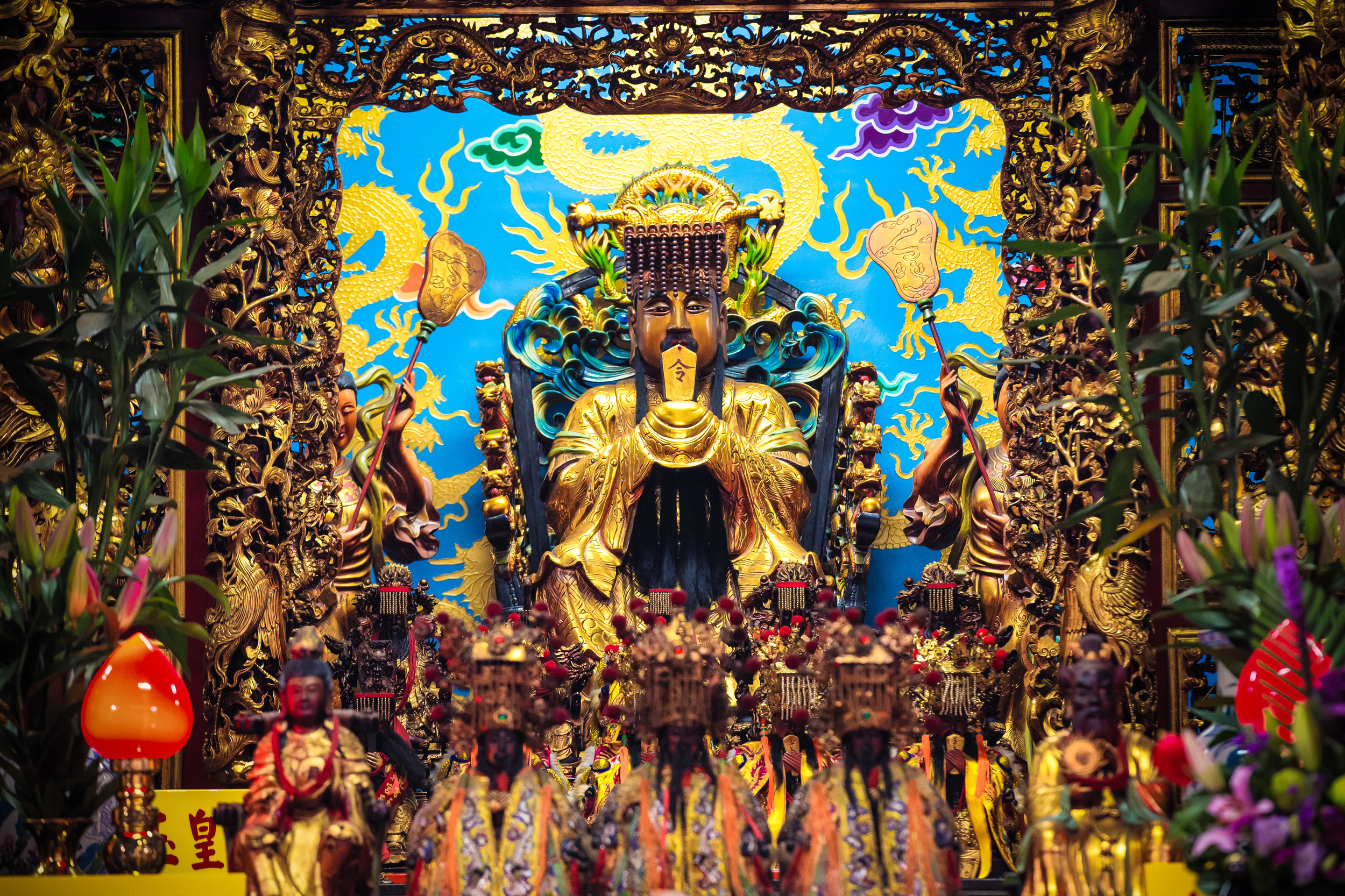
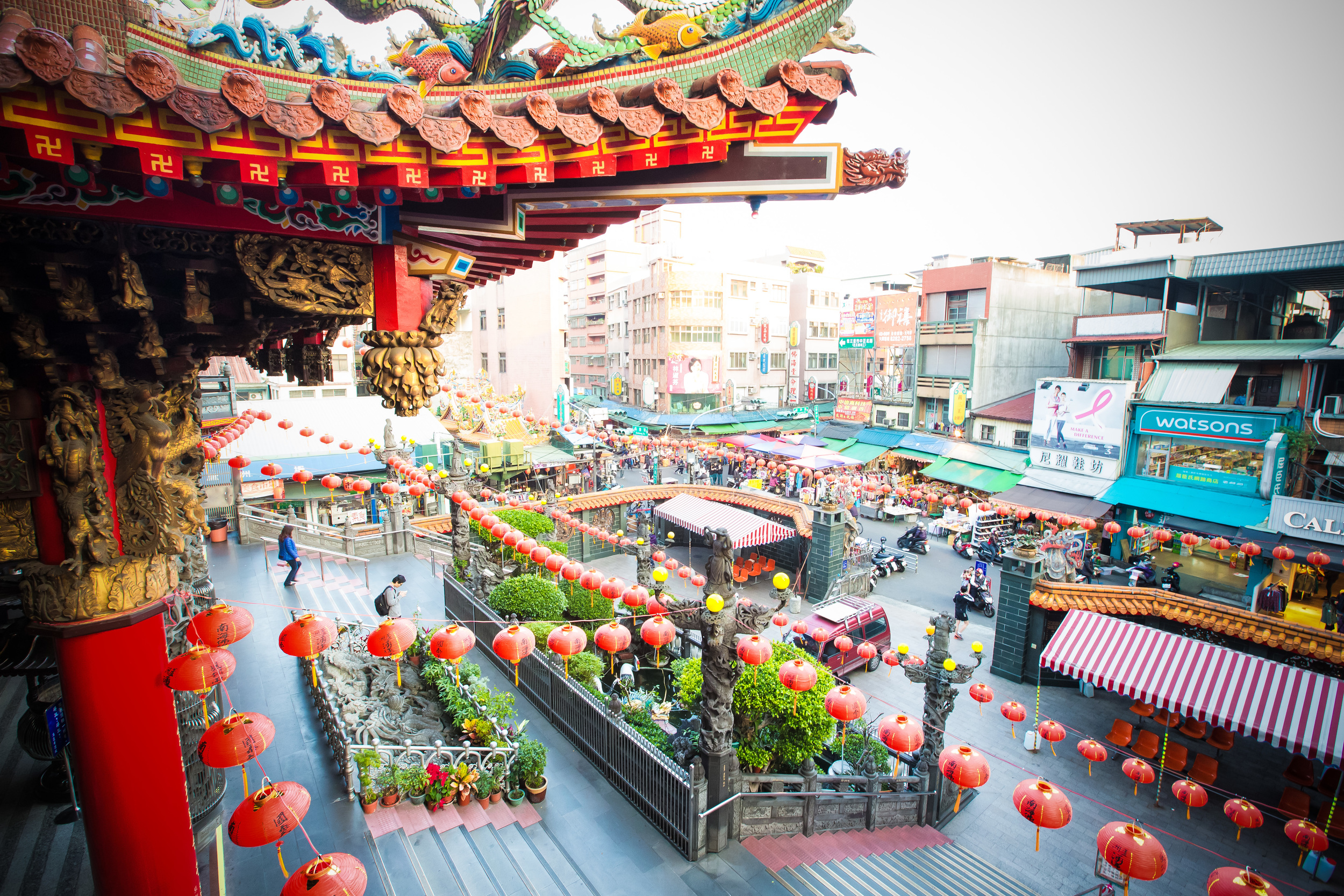

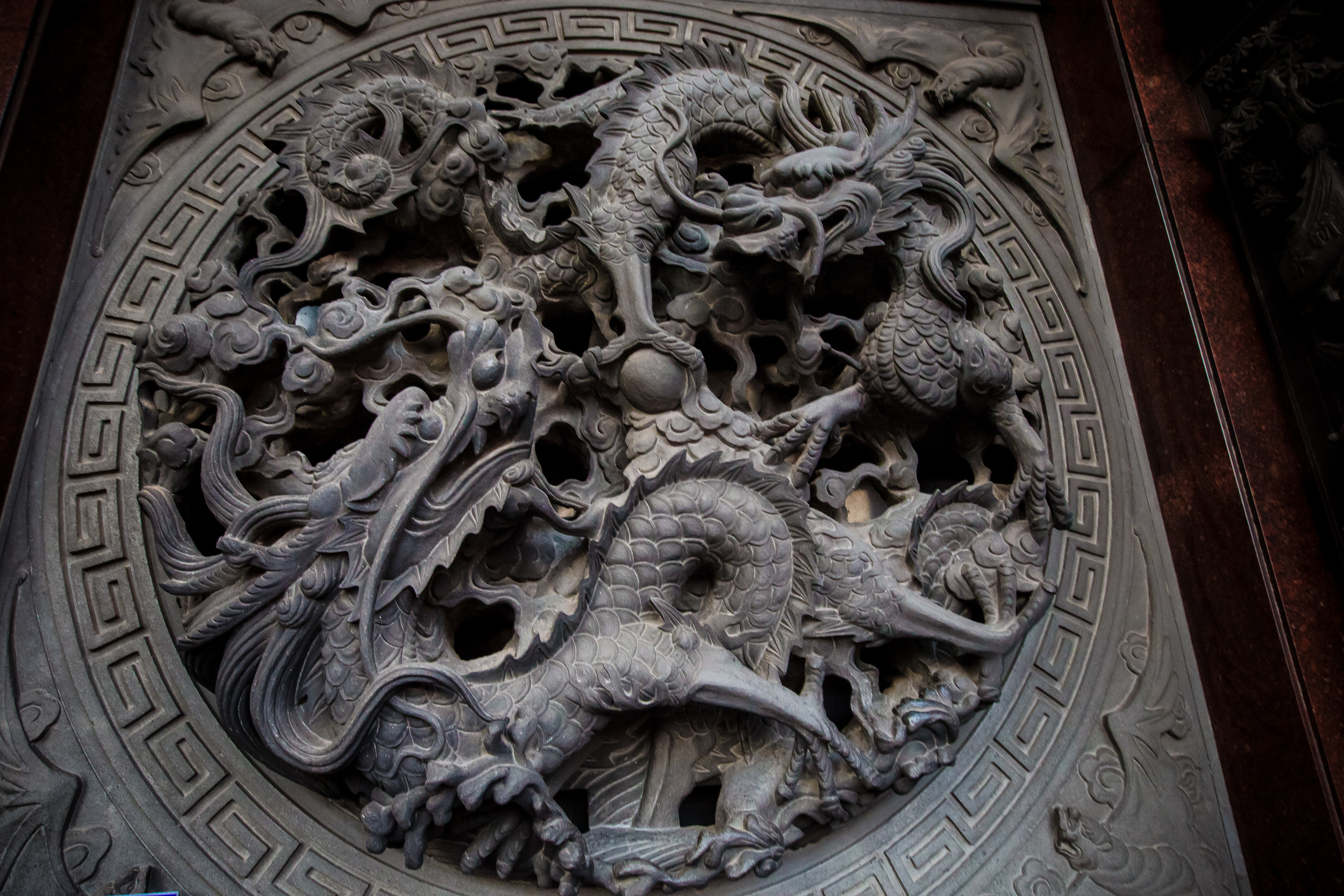


Getting to the Temple
Take Taipei MRT's new Luzhou Line (蘆洲線) and get off at Sanmin Senior High School Station. The temple is about a 5 minute walk from exit one with directions on a sign outside the station.
Address: 新北市蘆洲區得勝街96號 (#96 De Sheng Street, Lu Zhou District New Taipei City)

